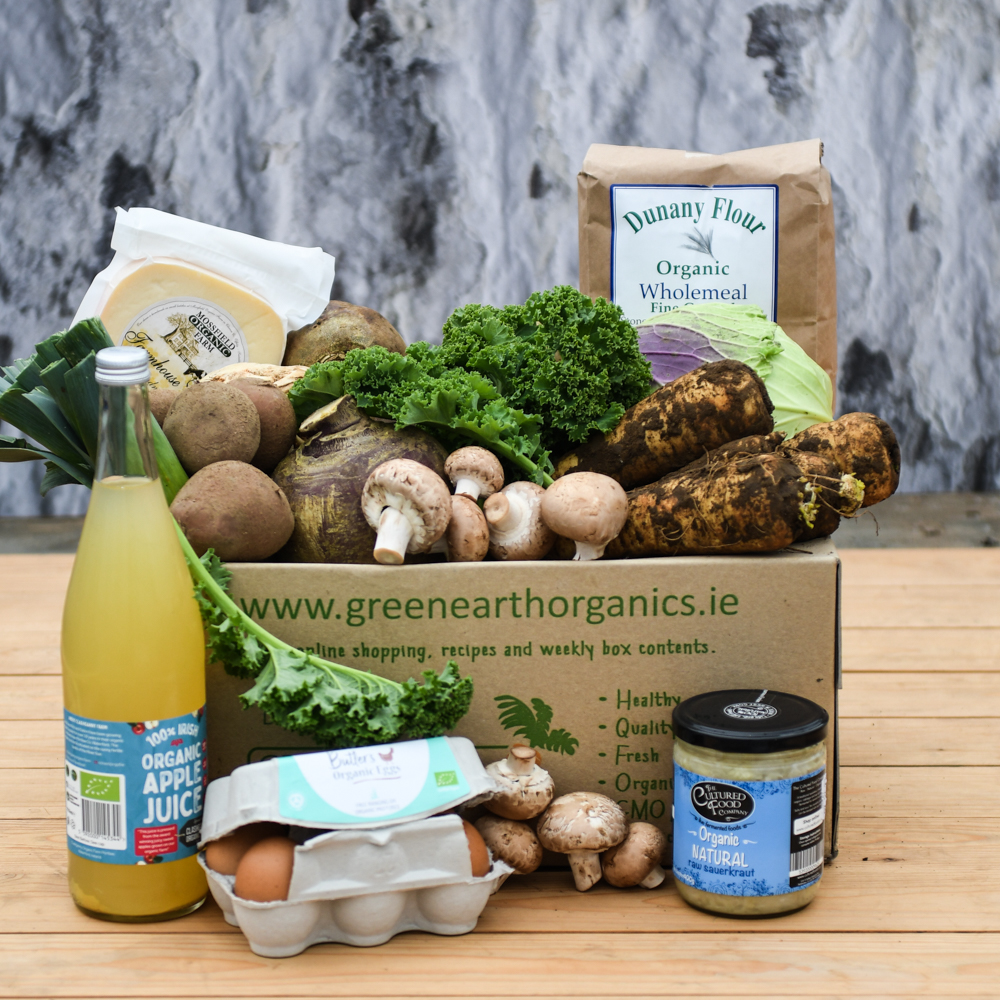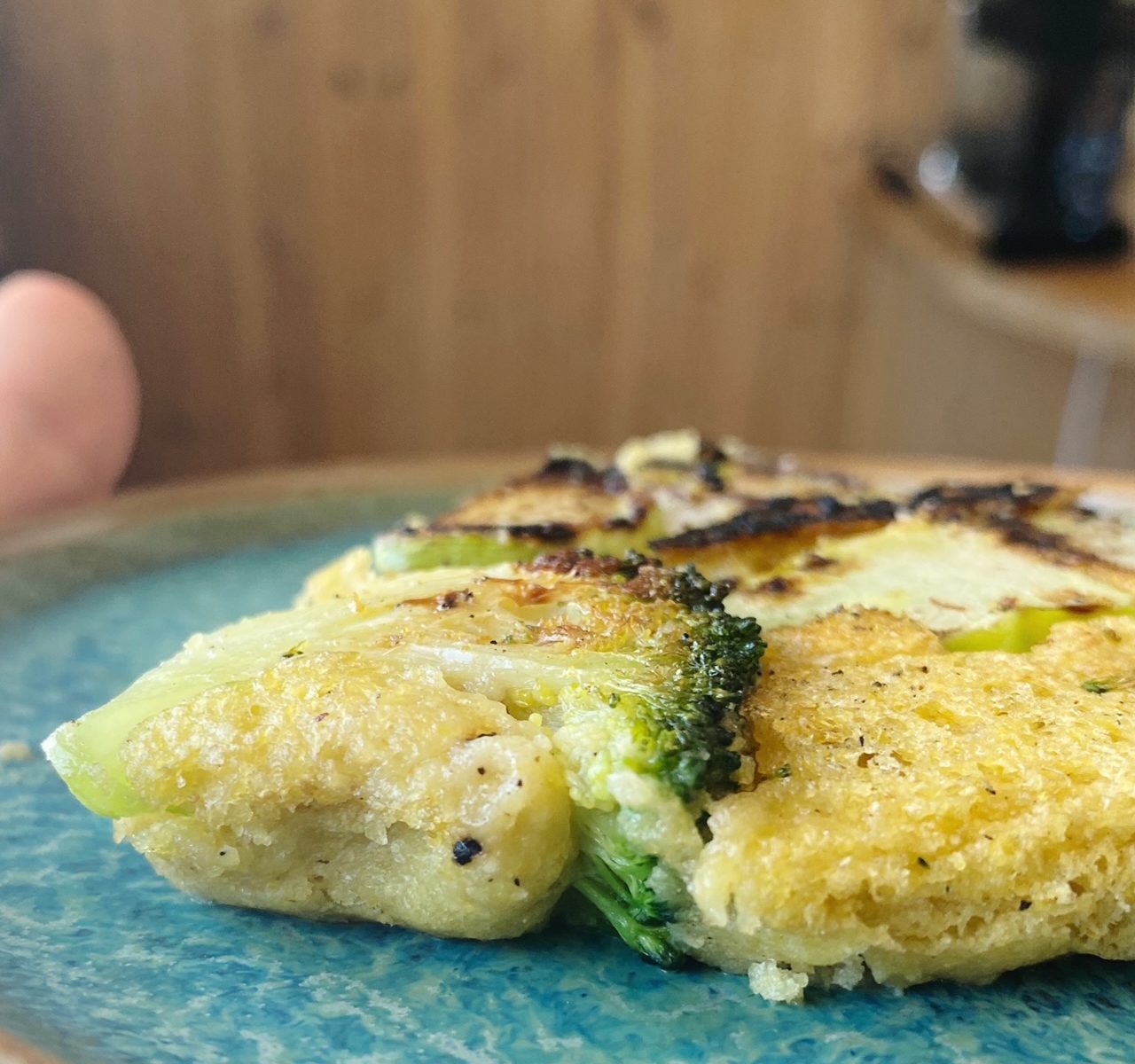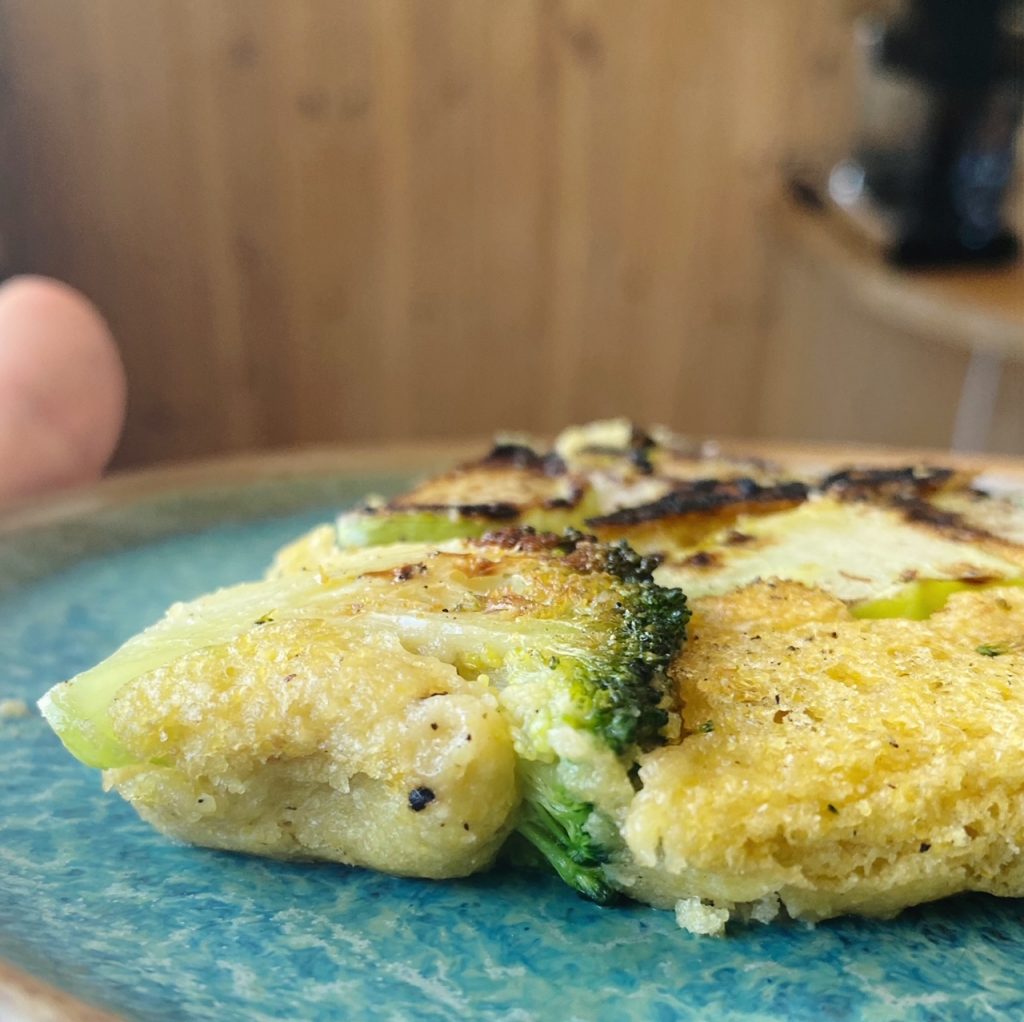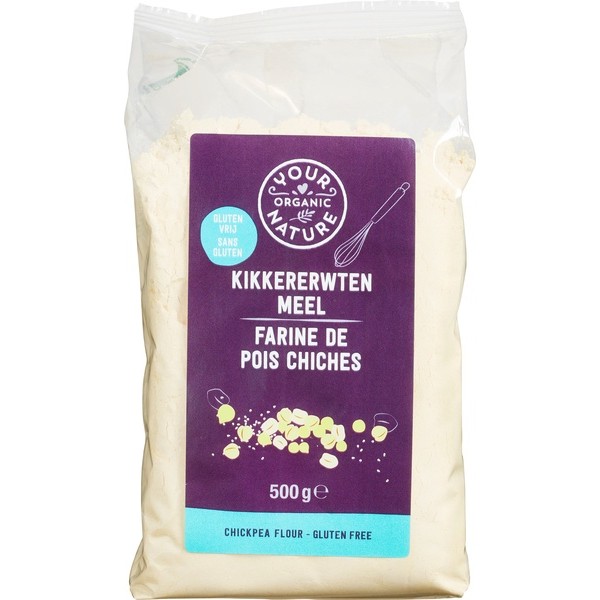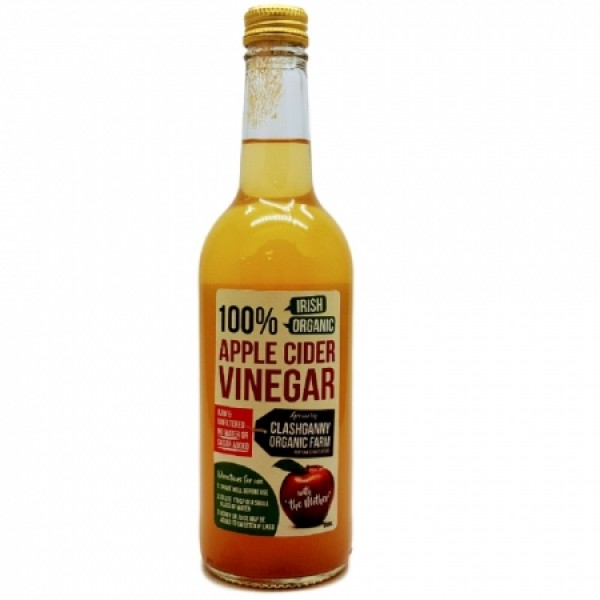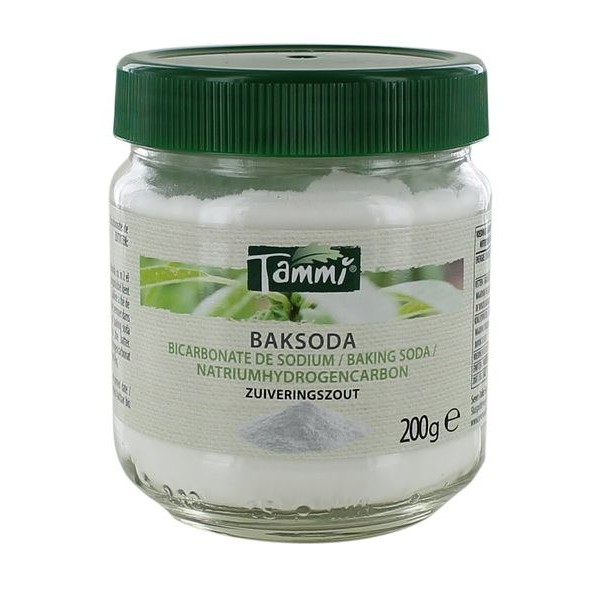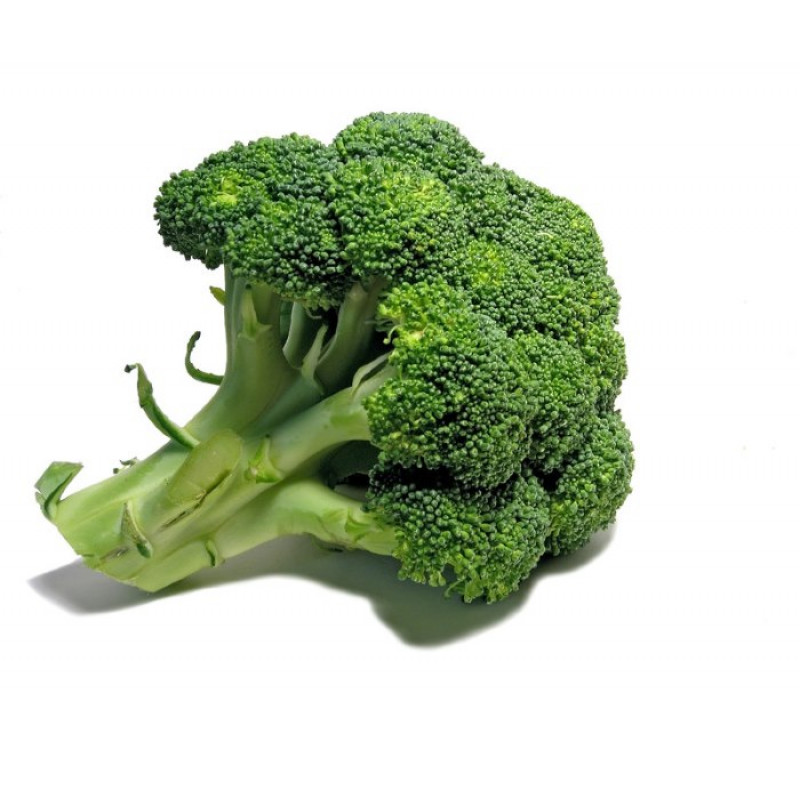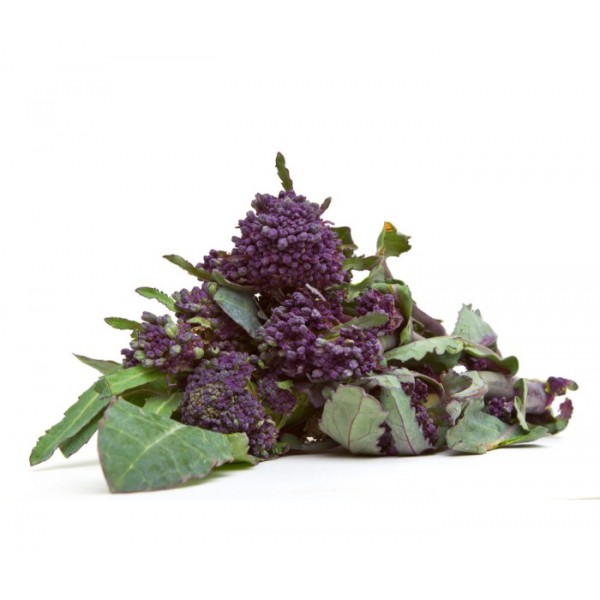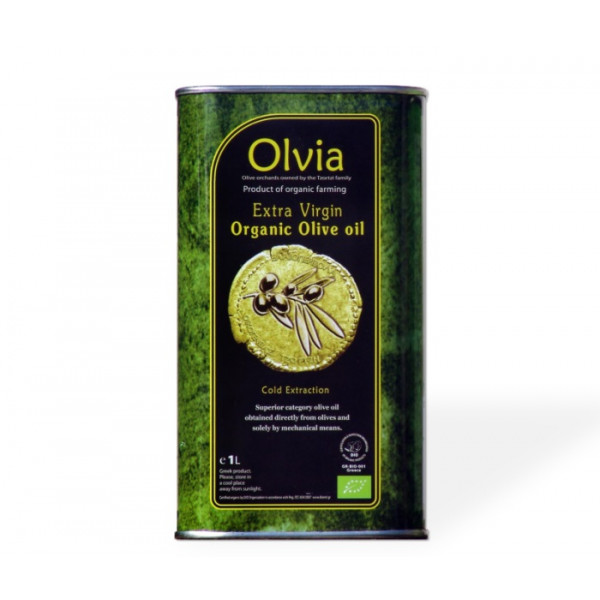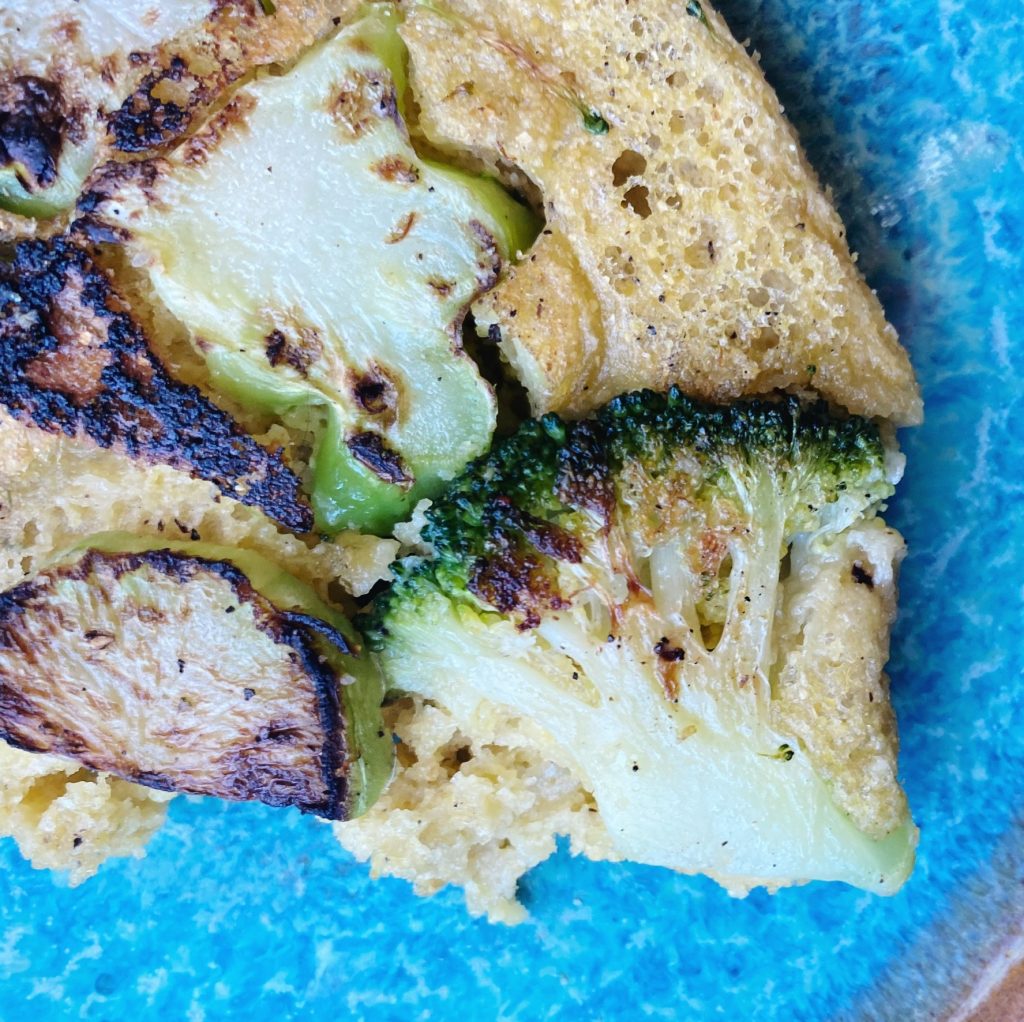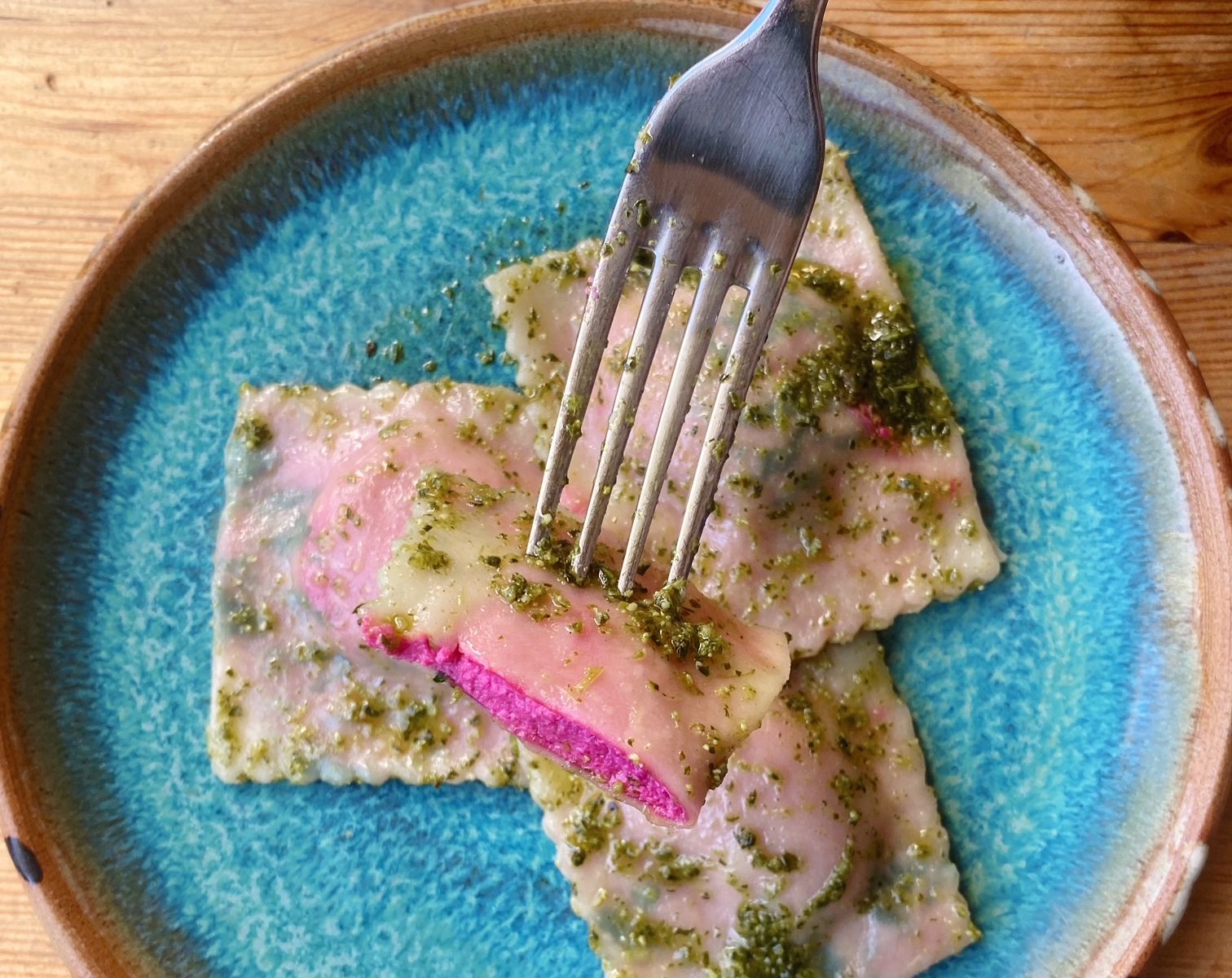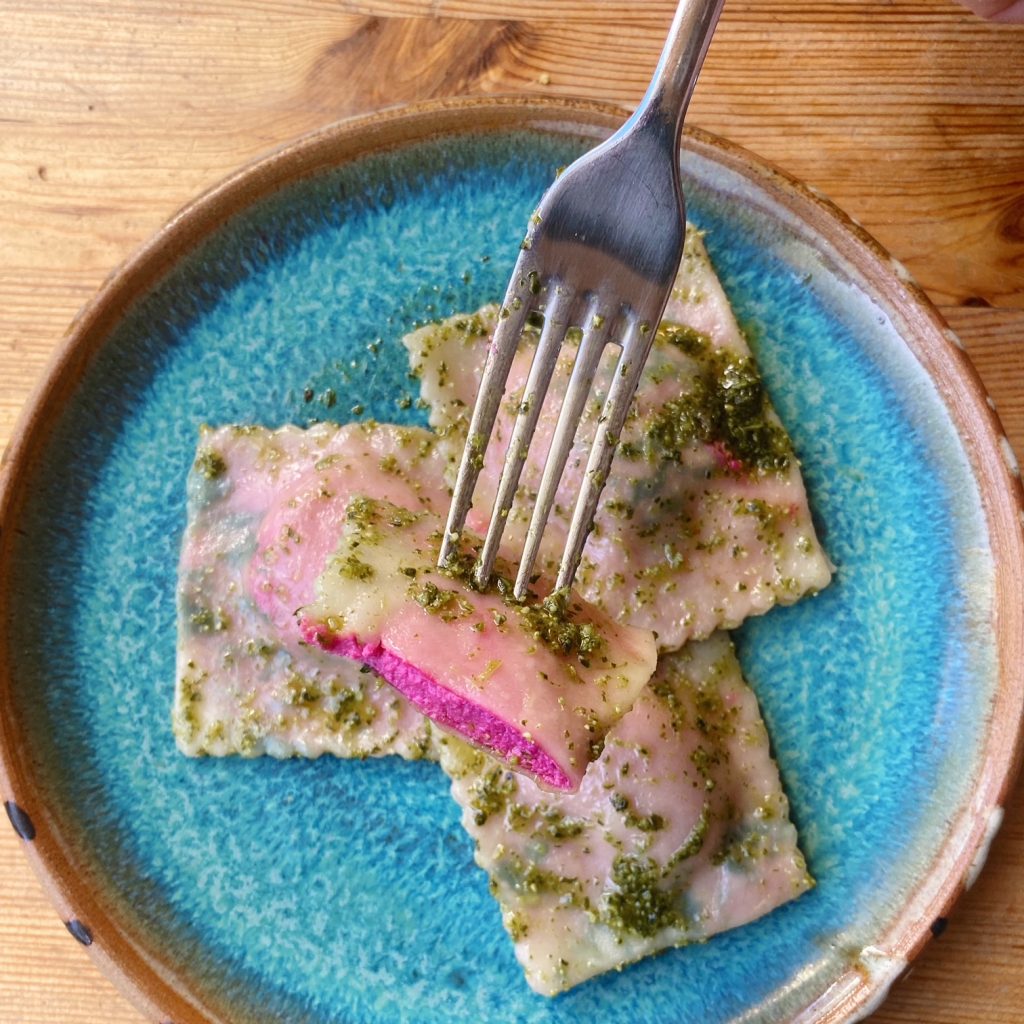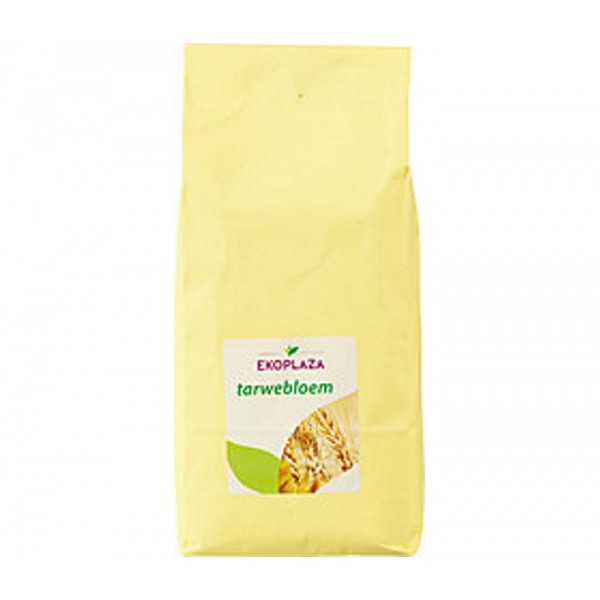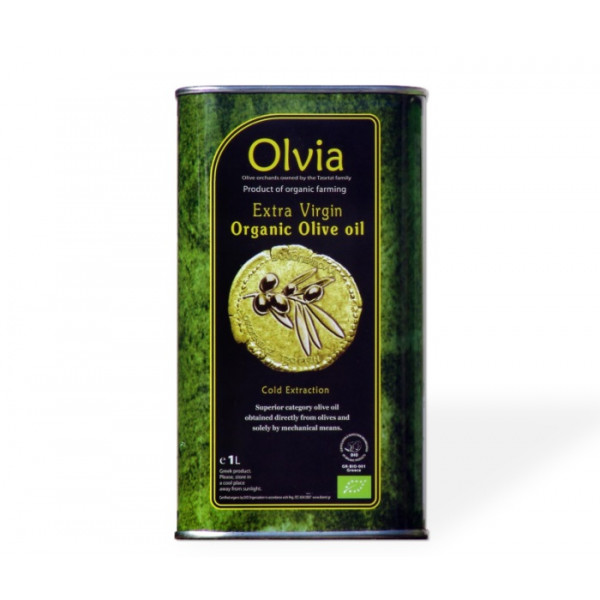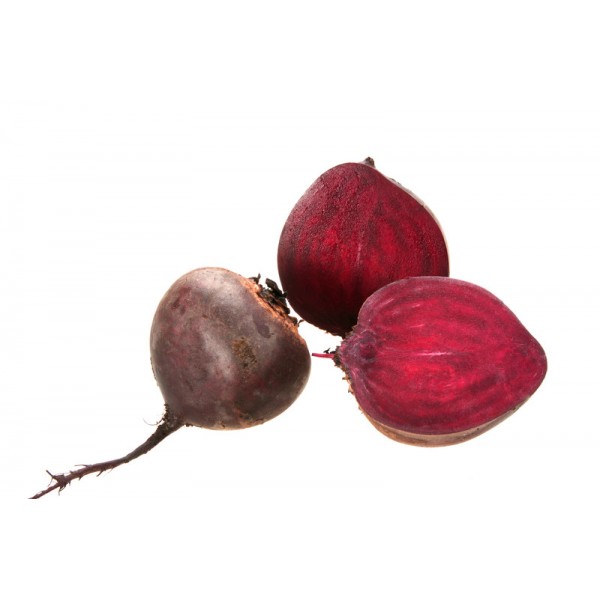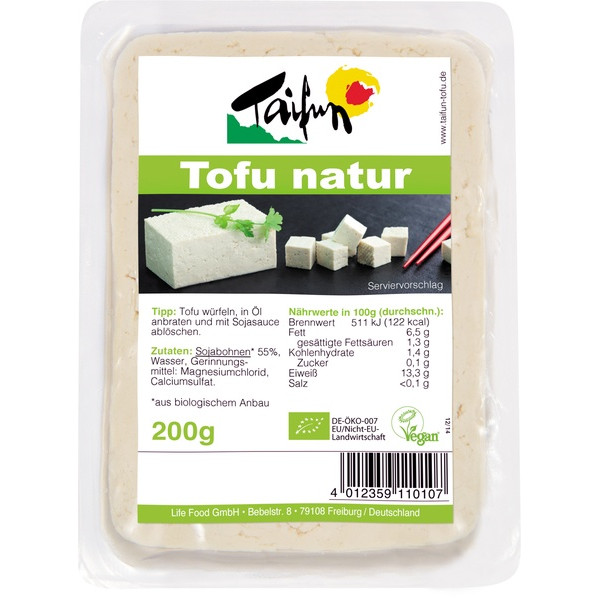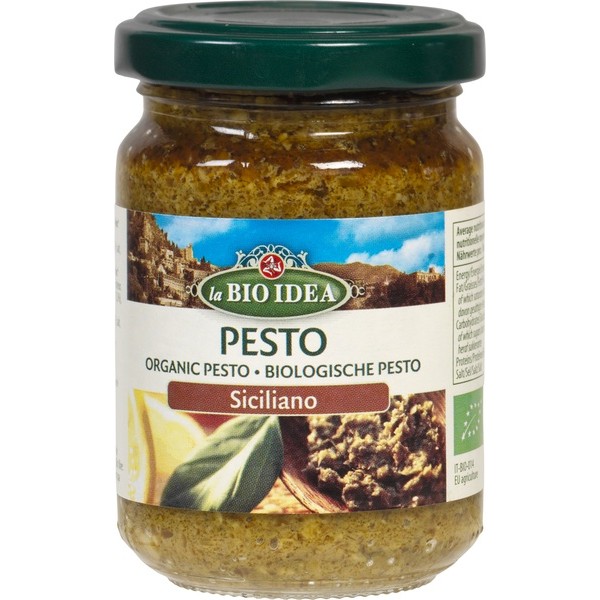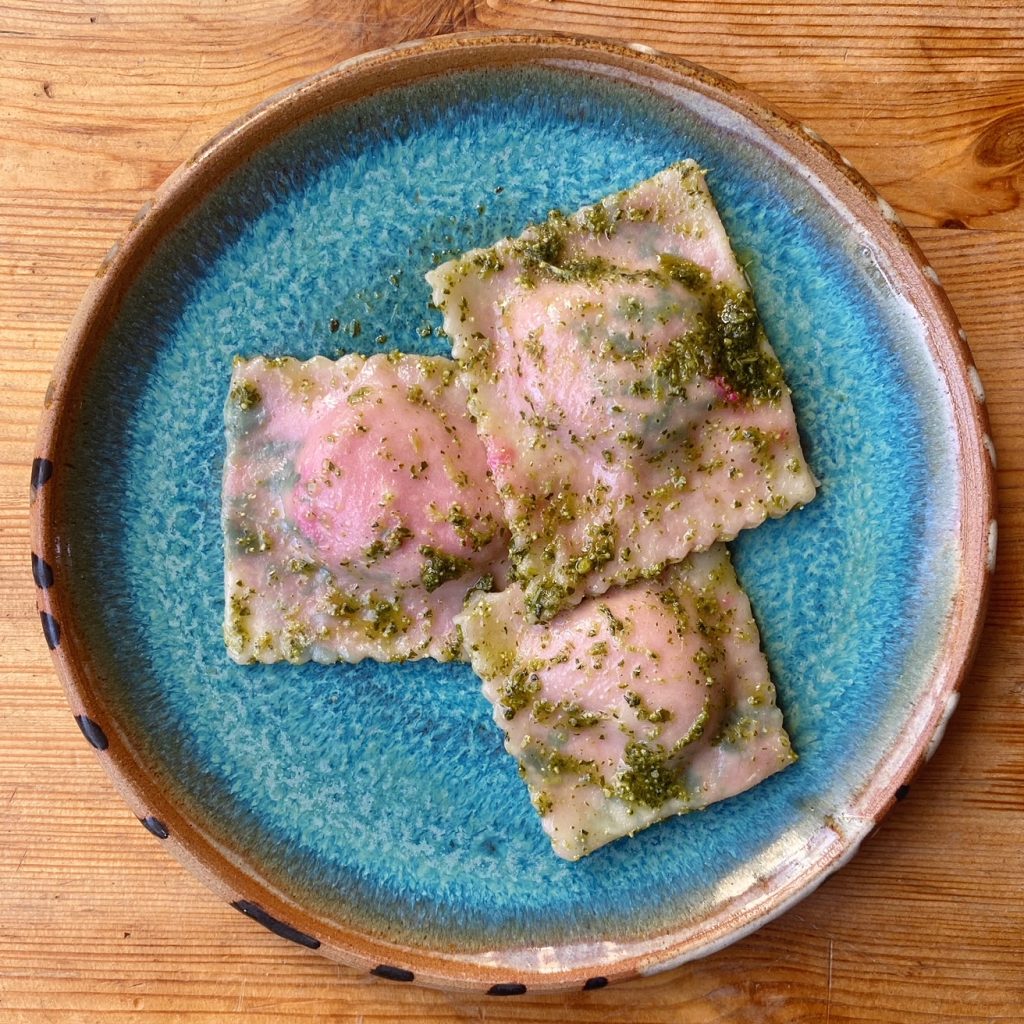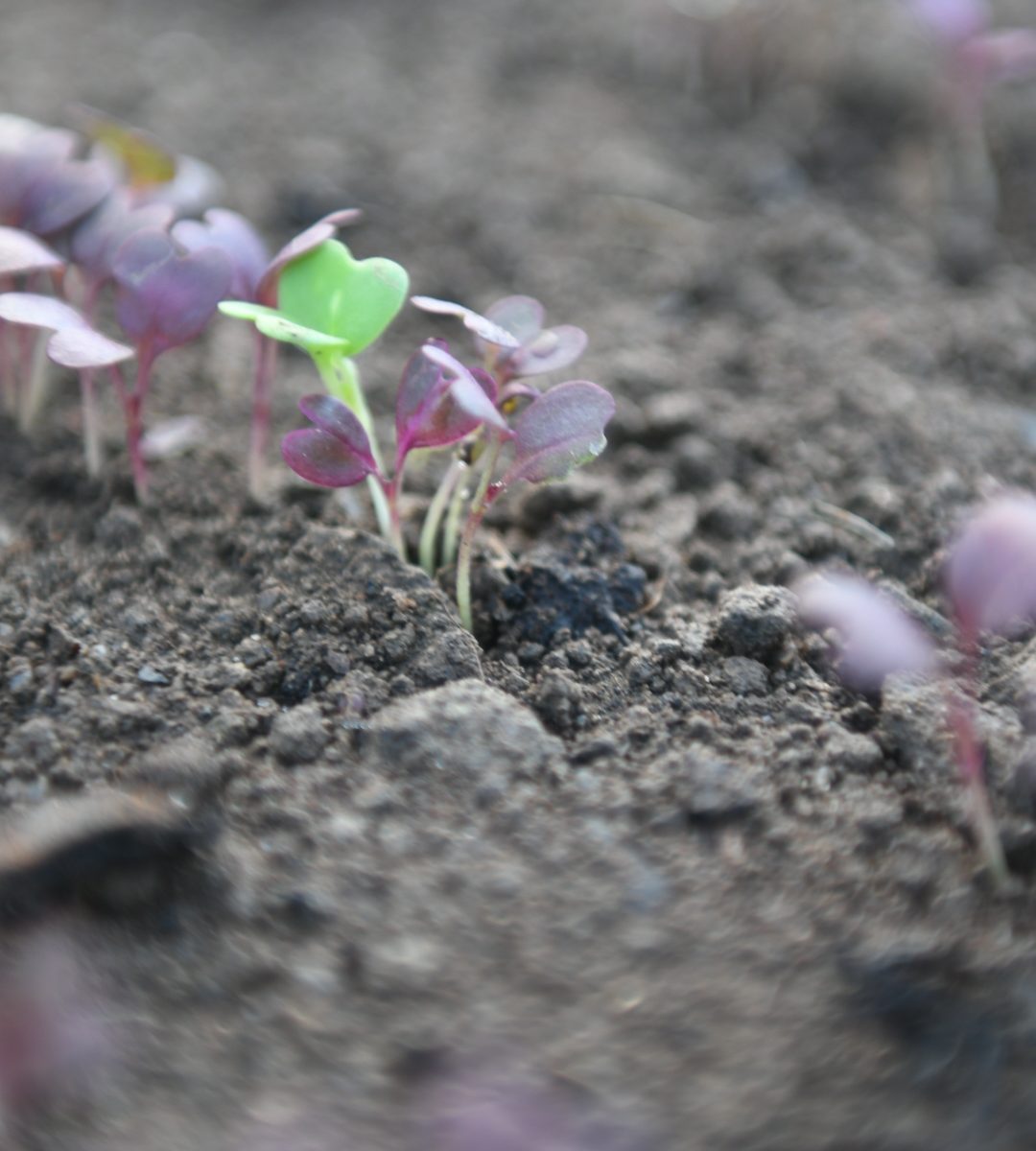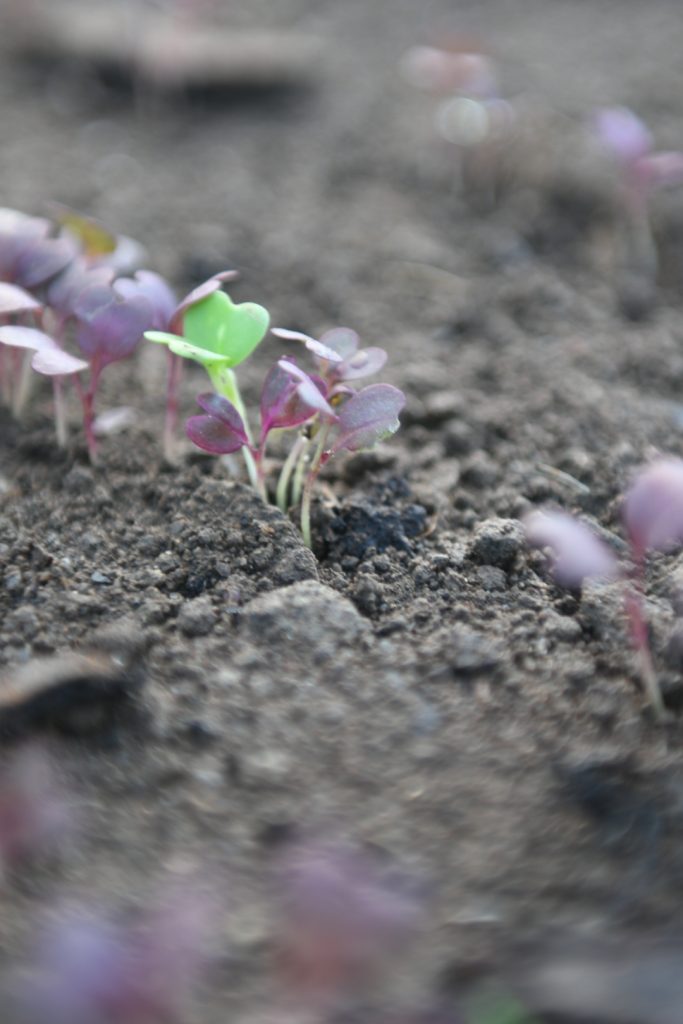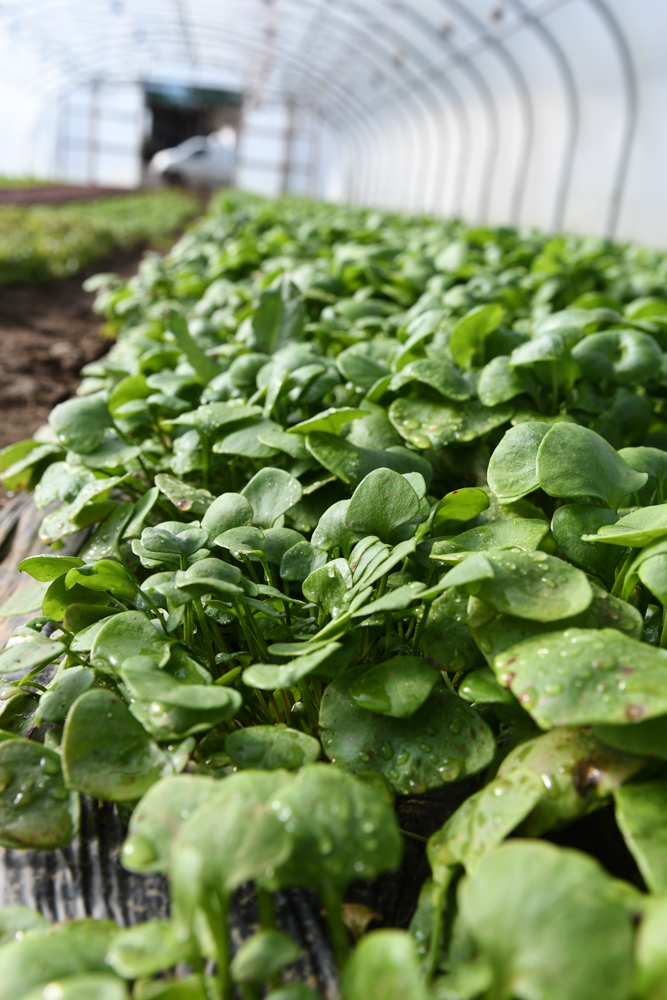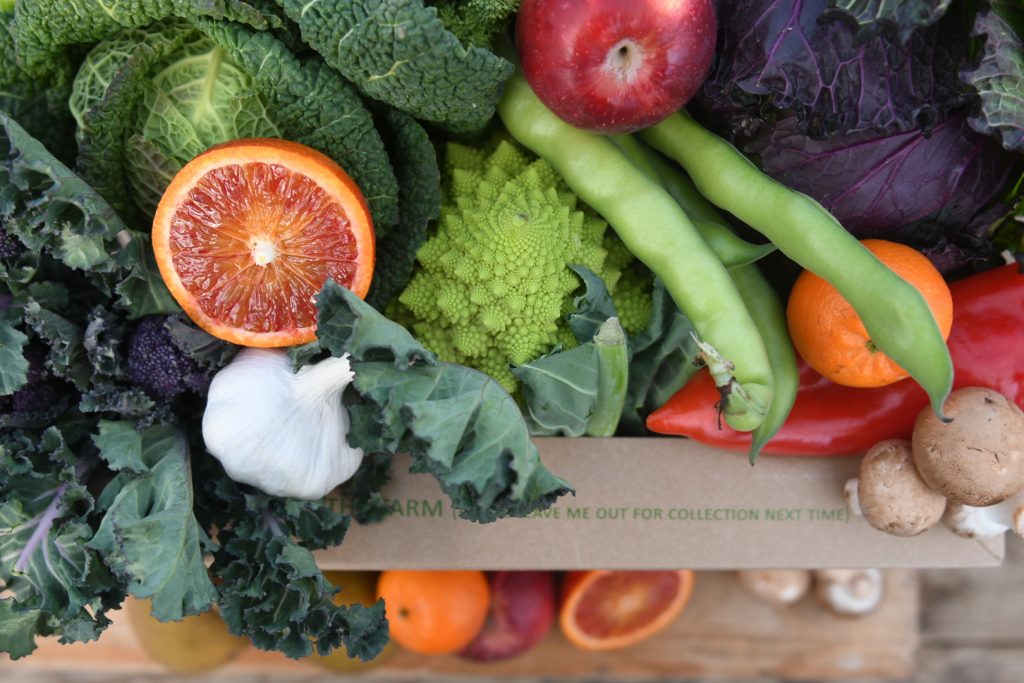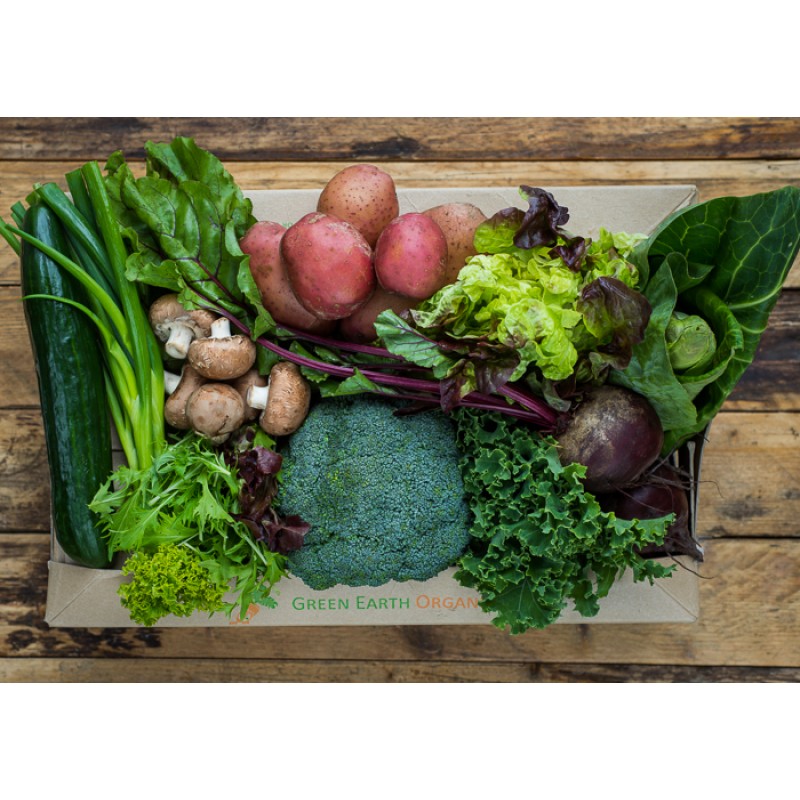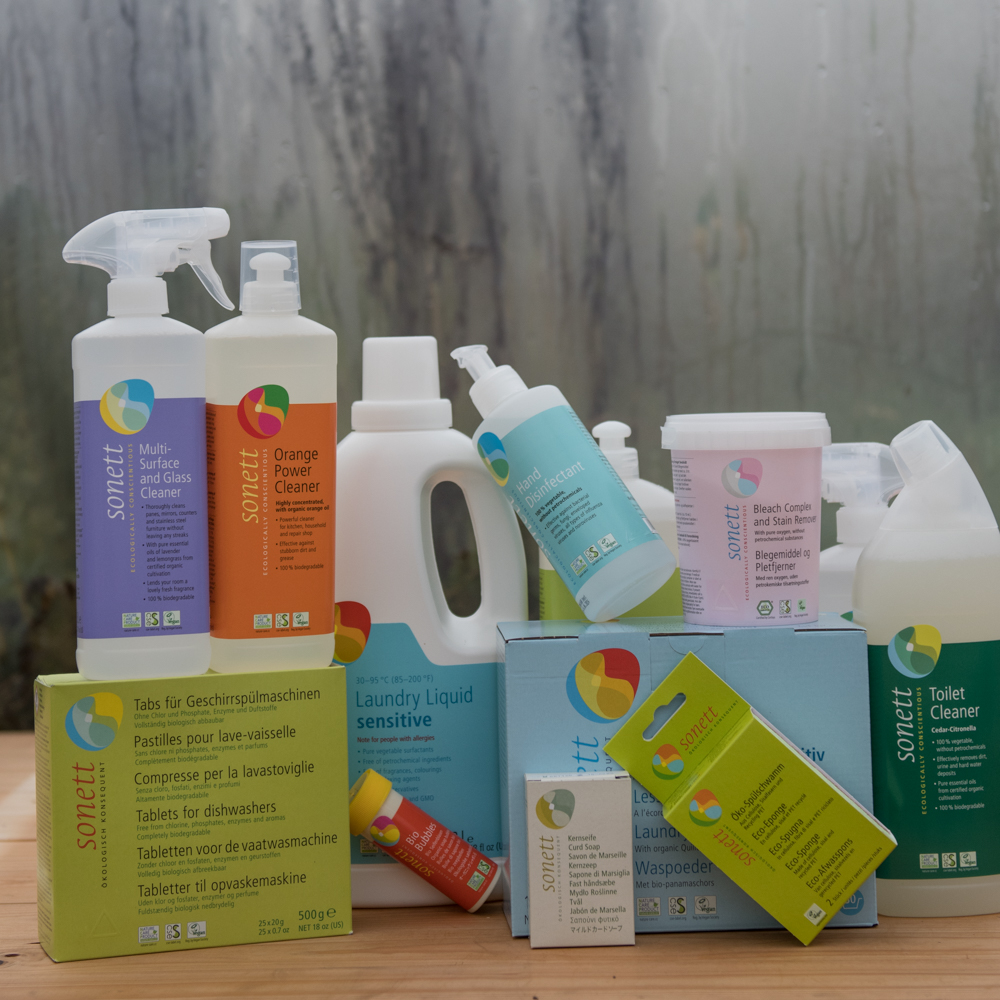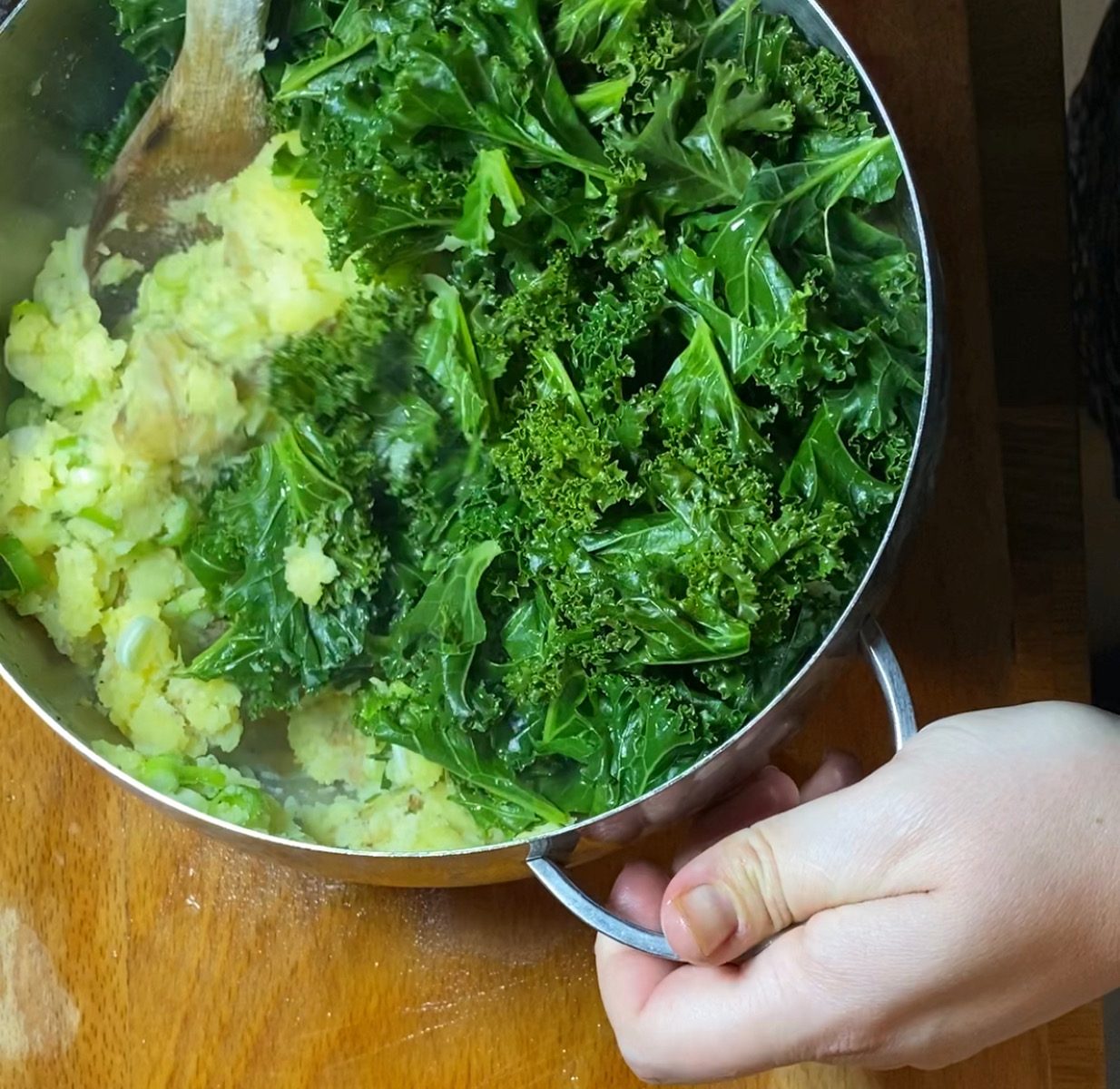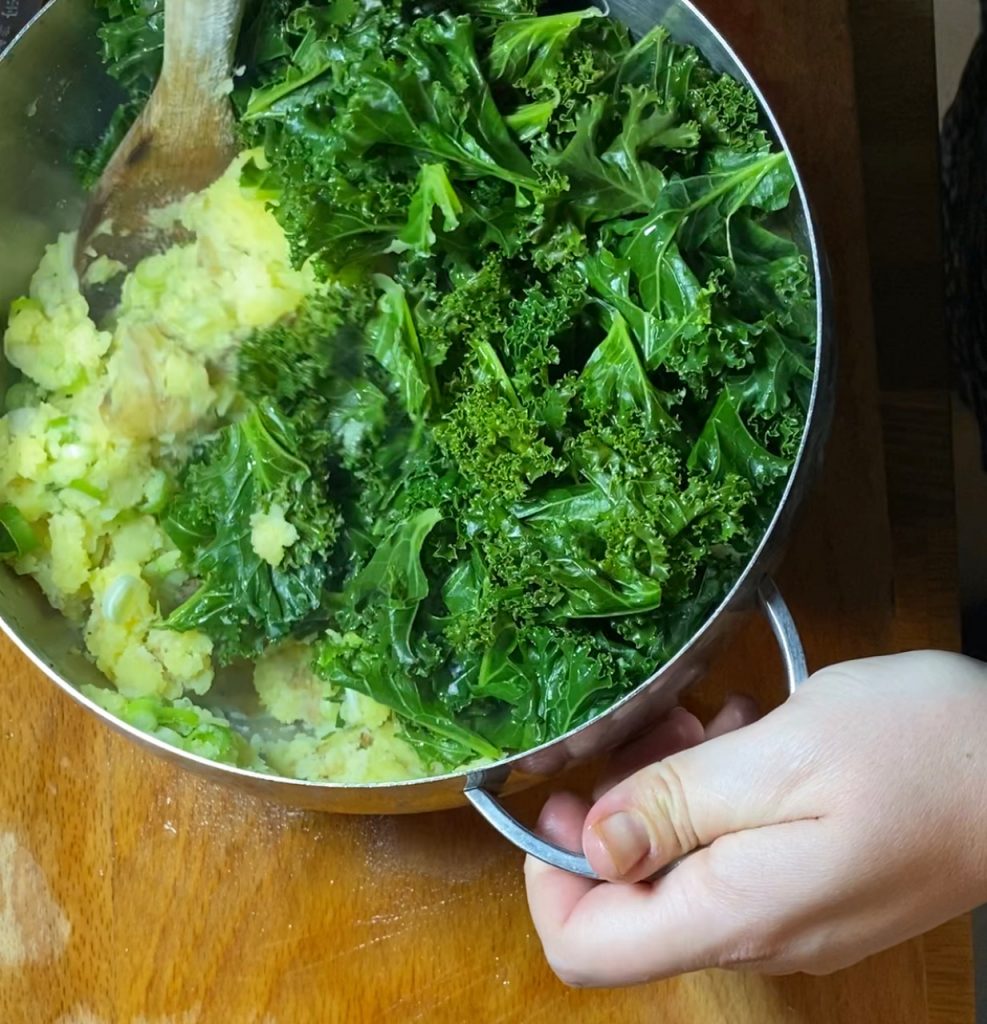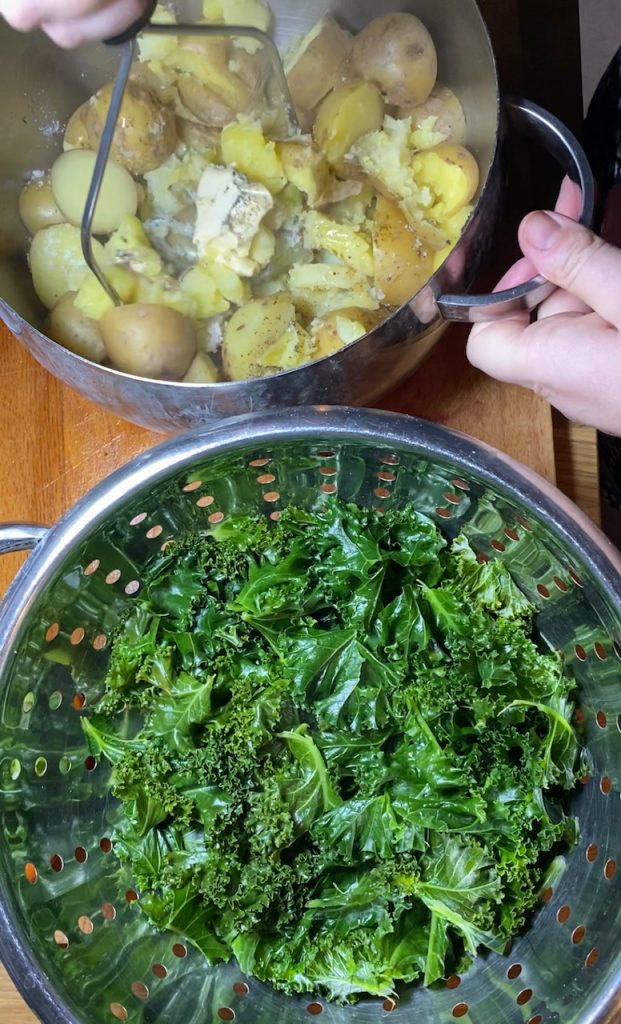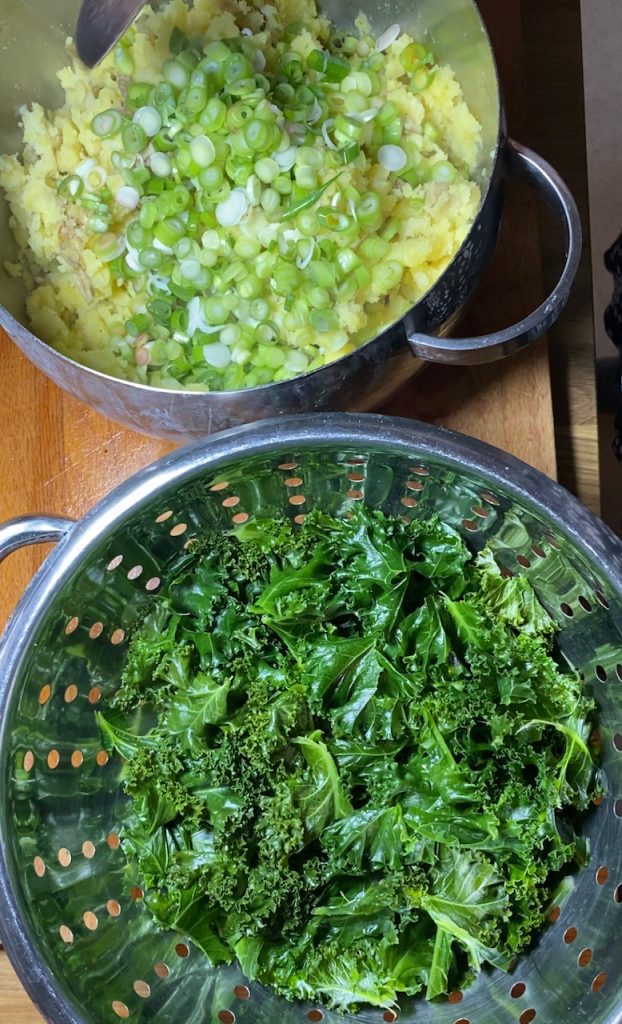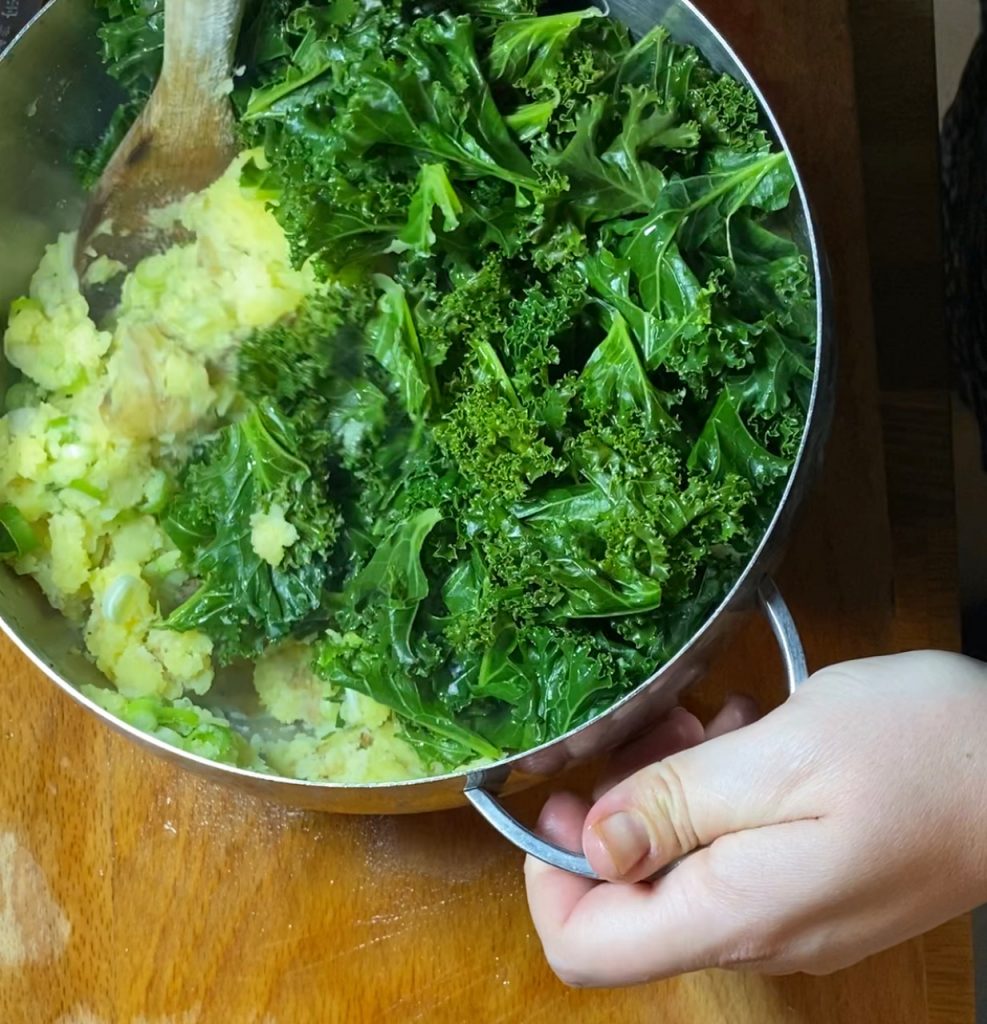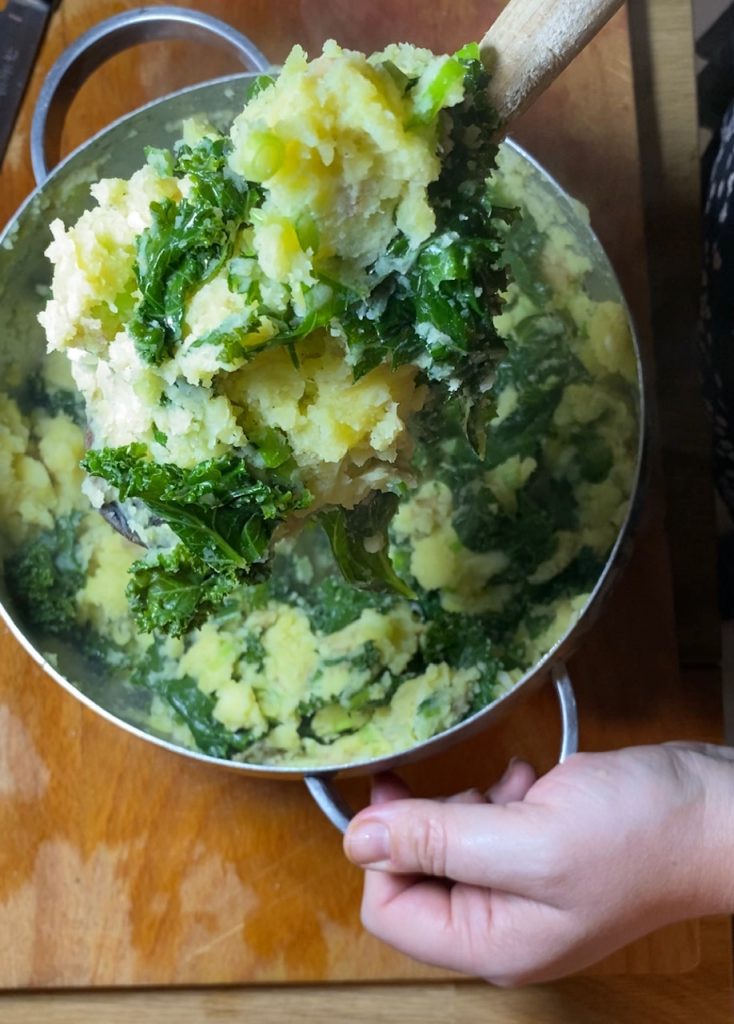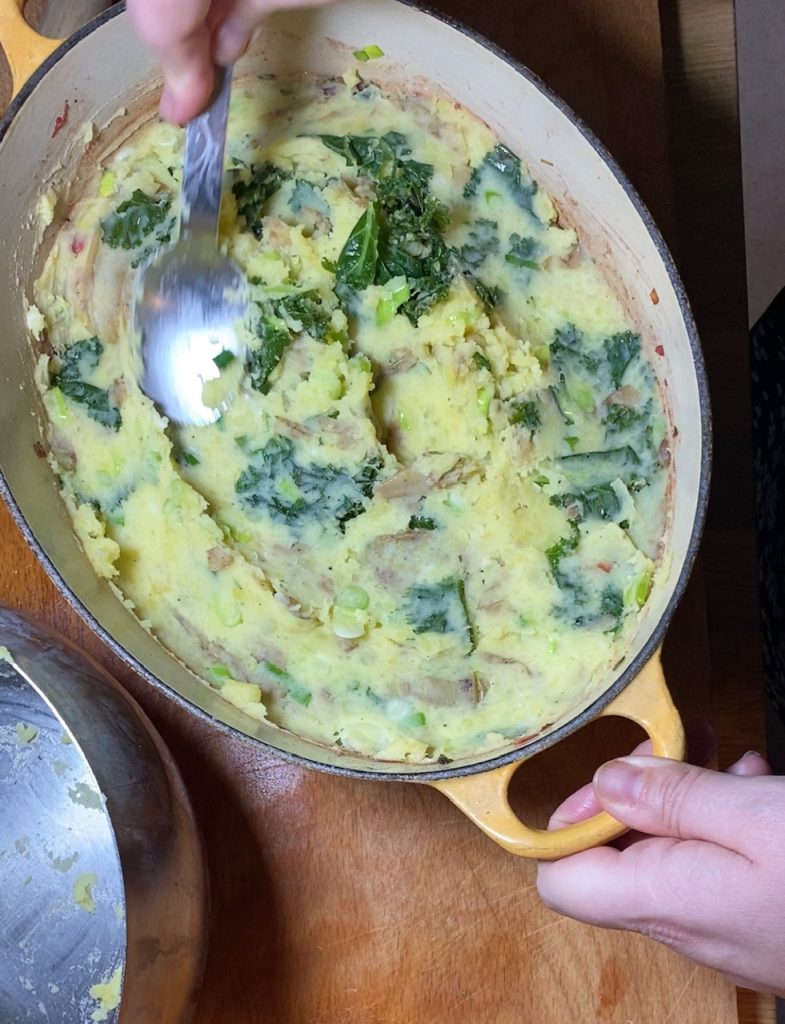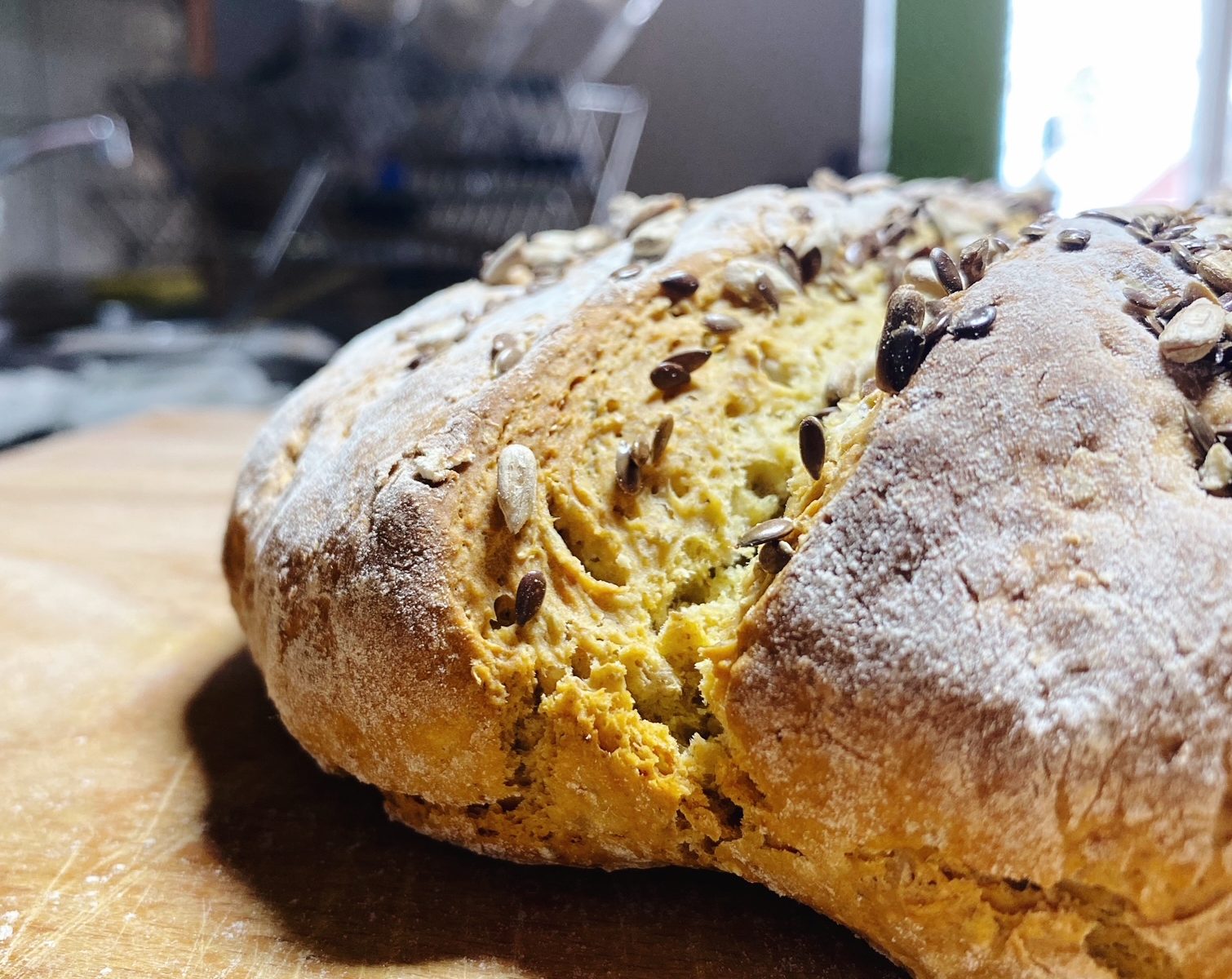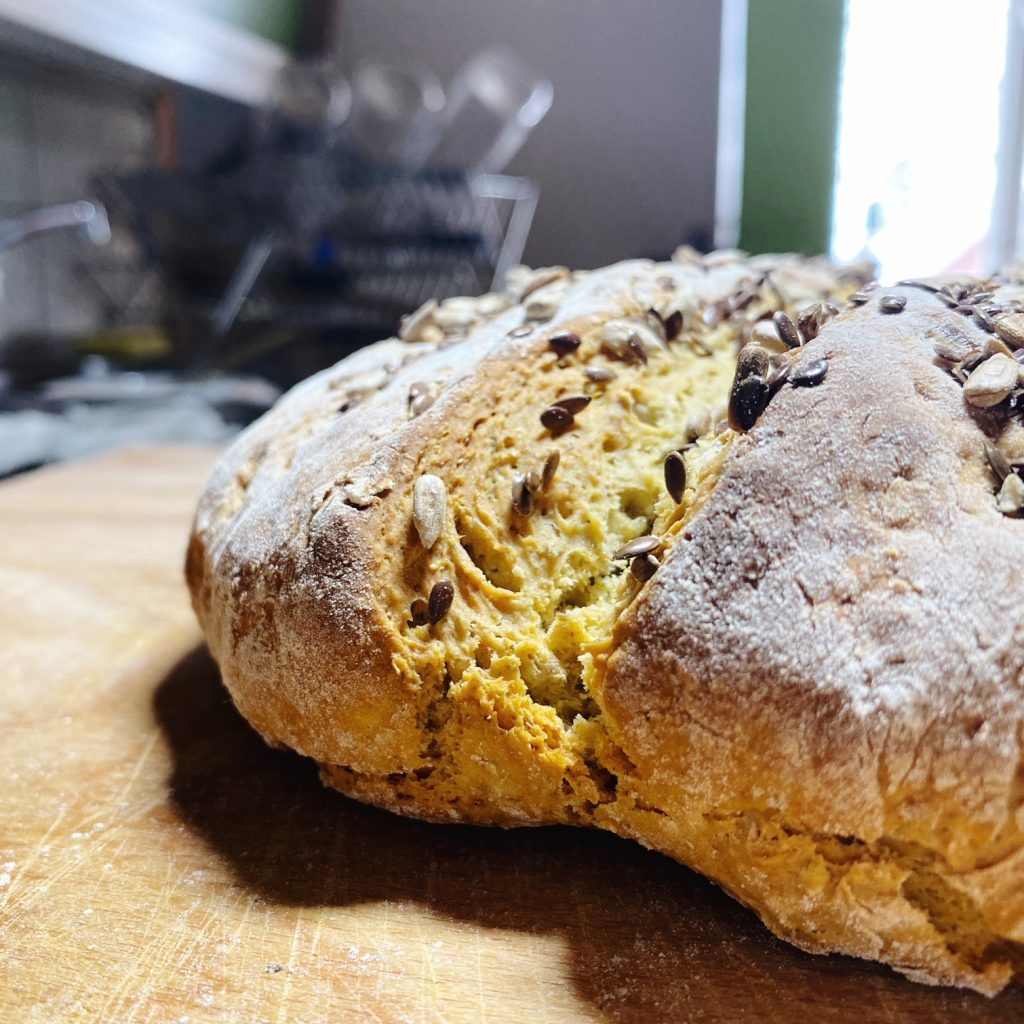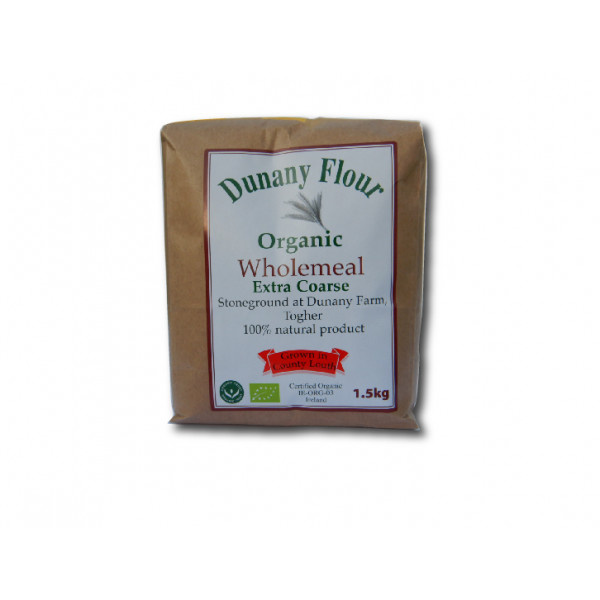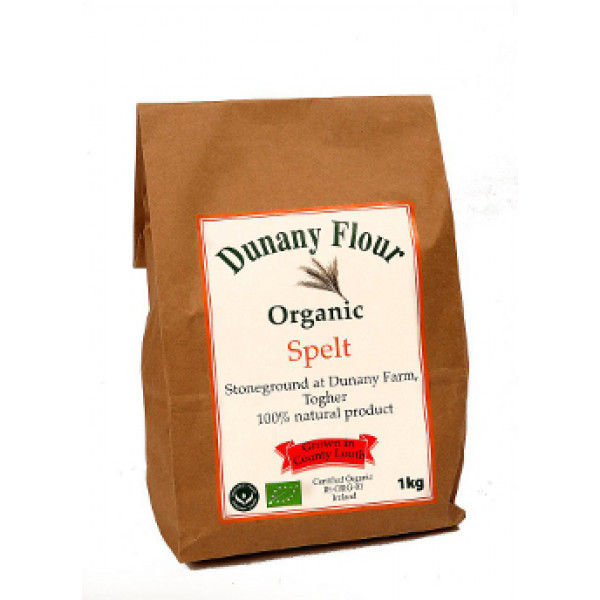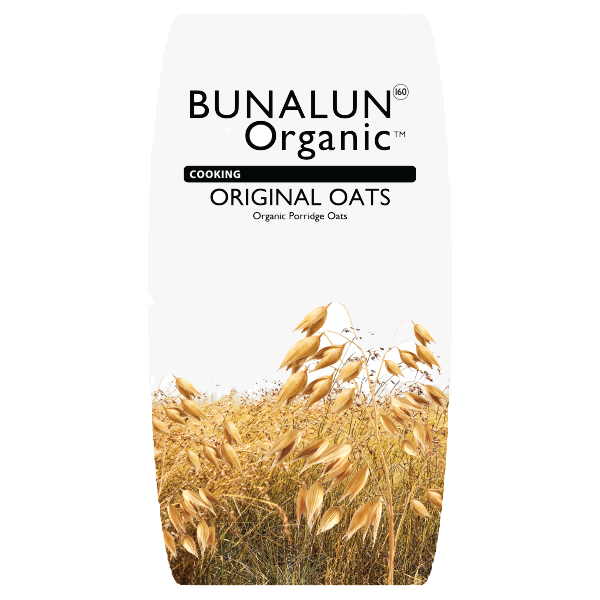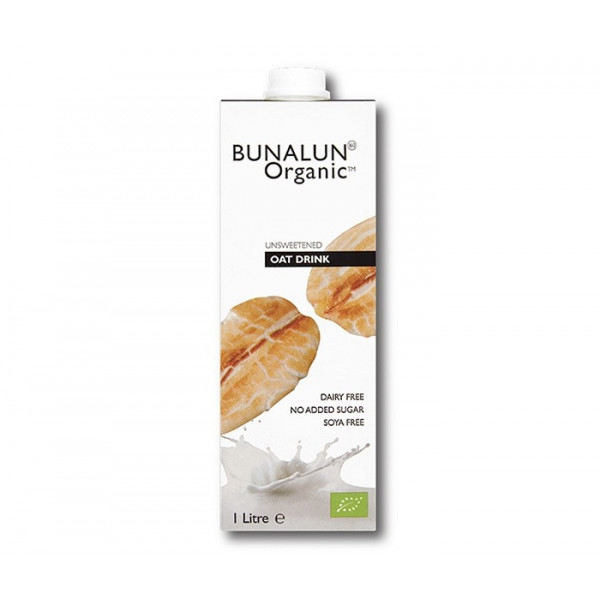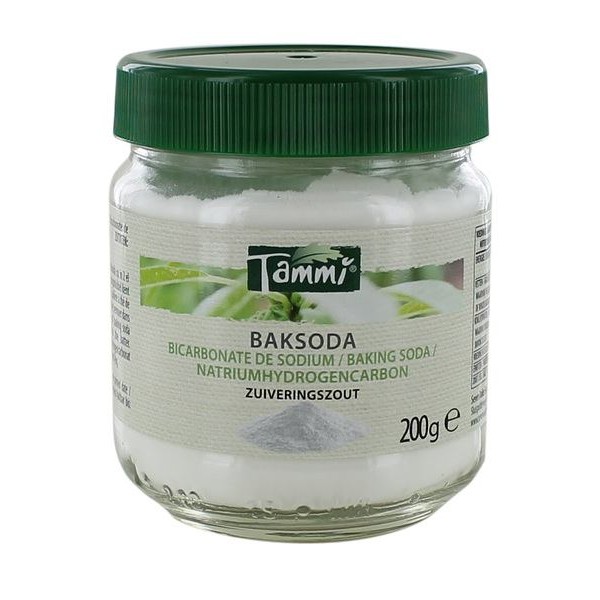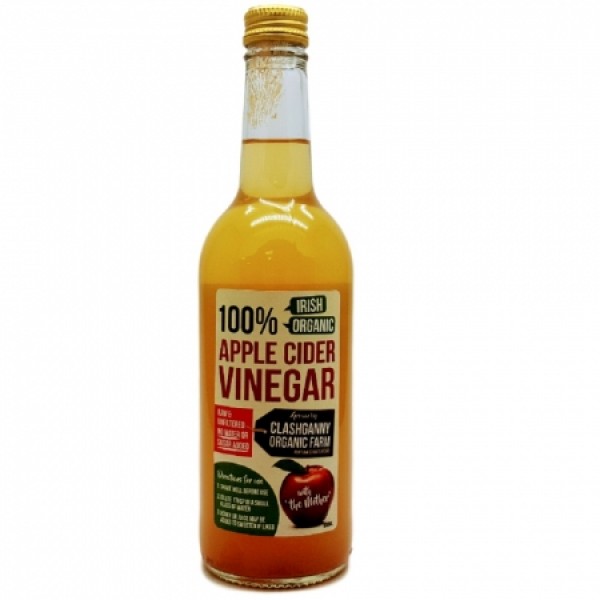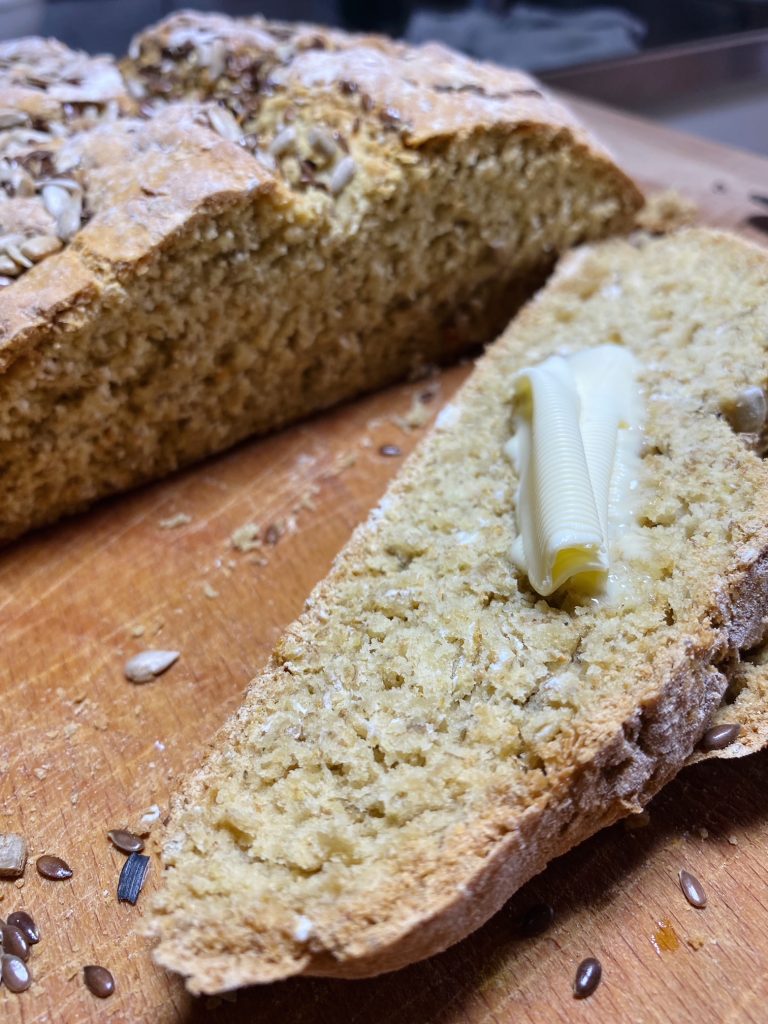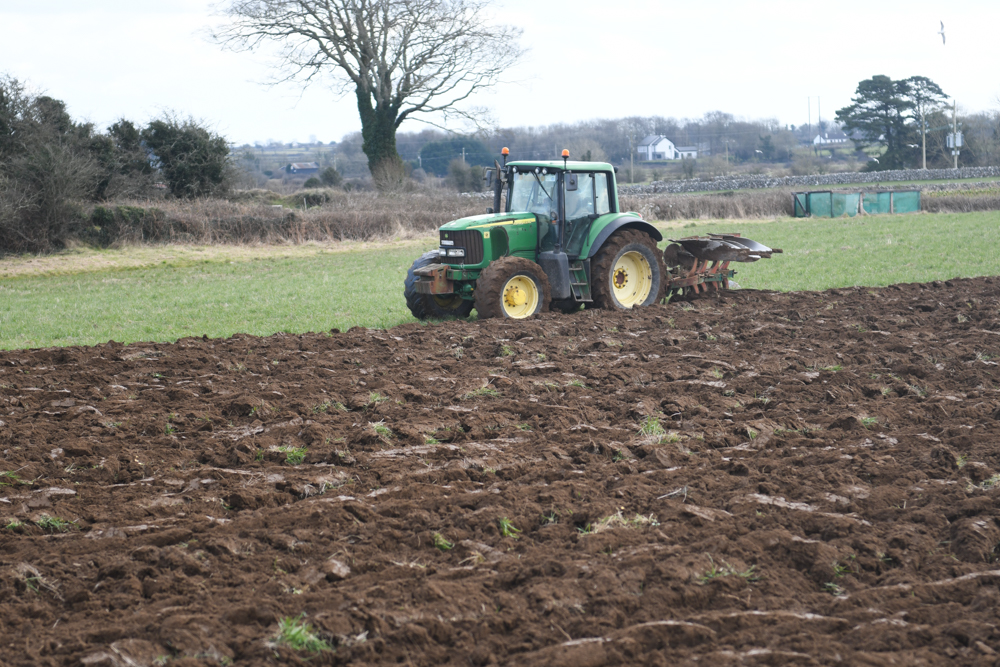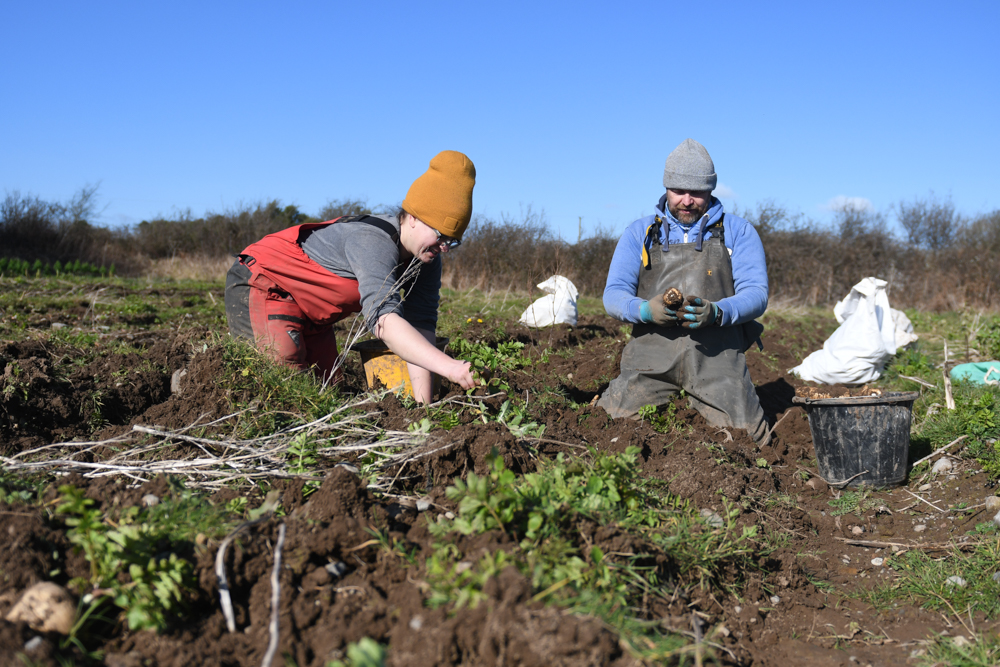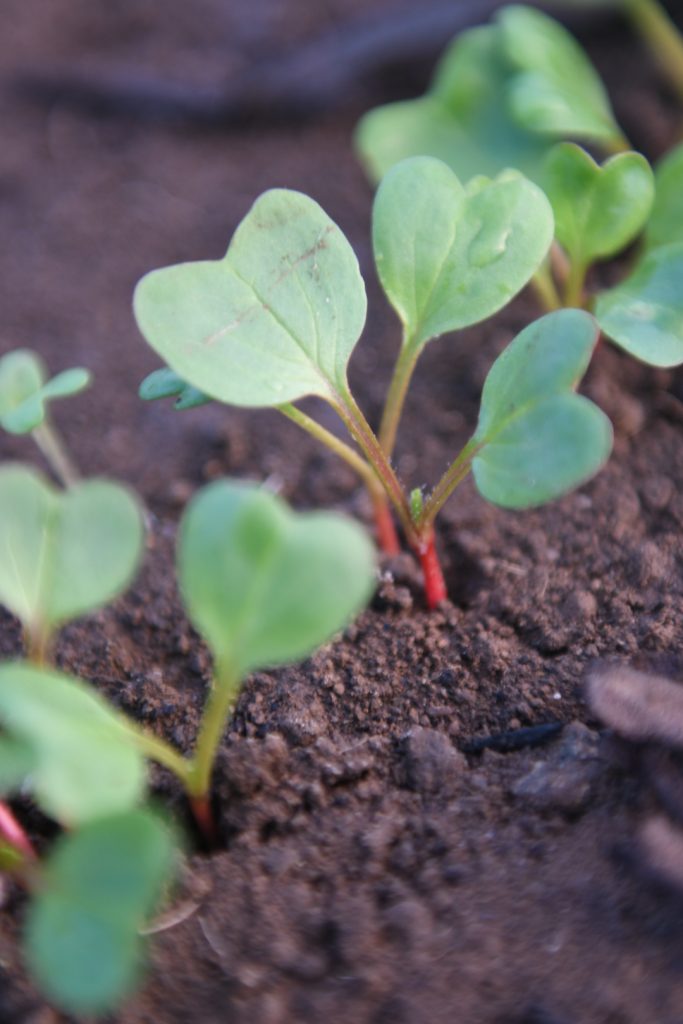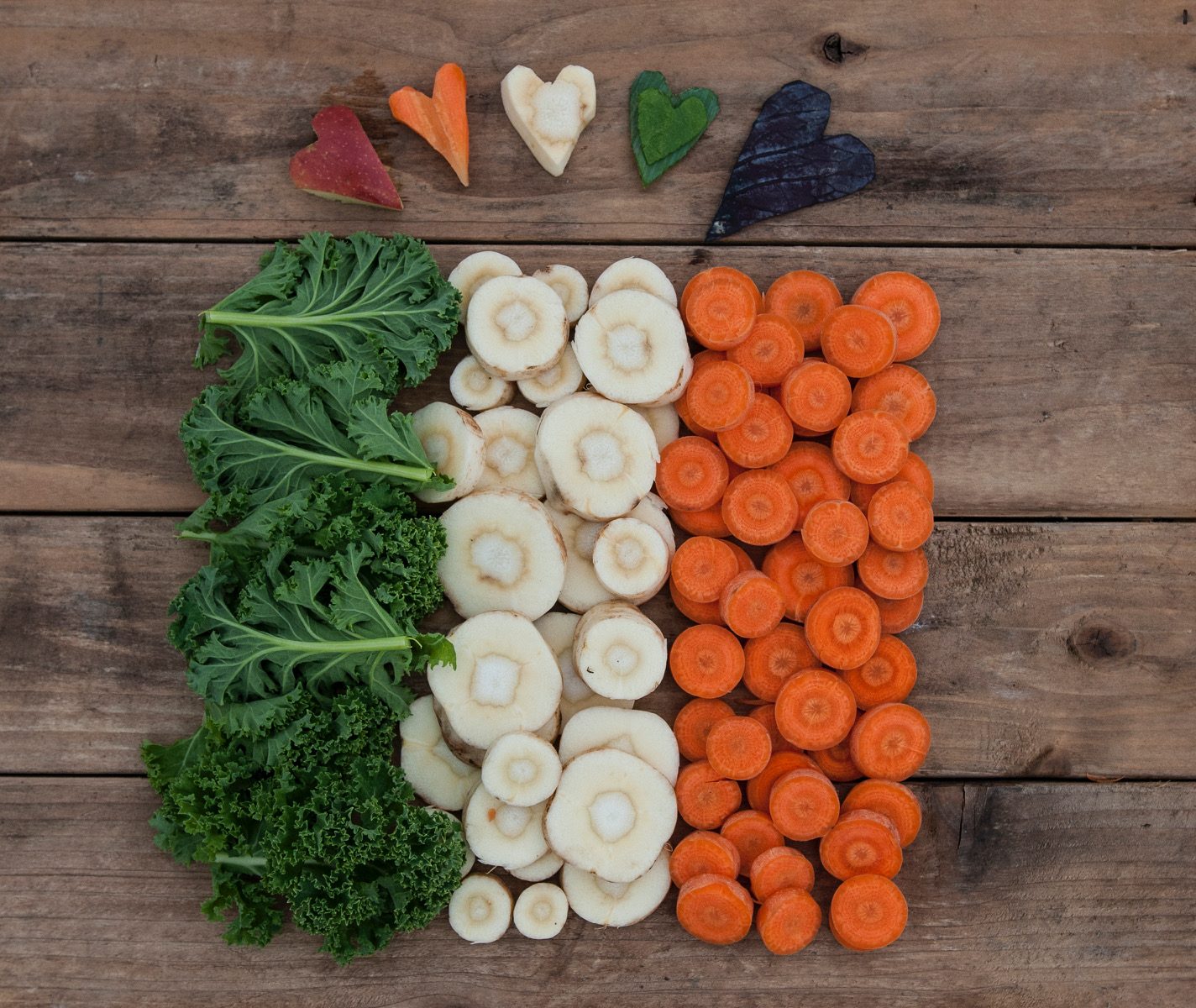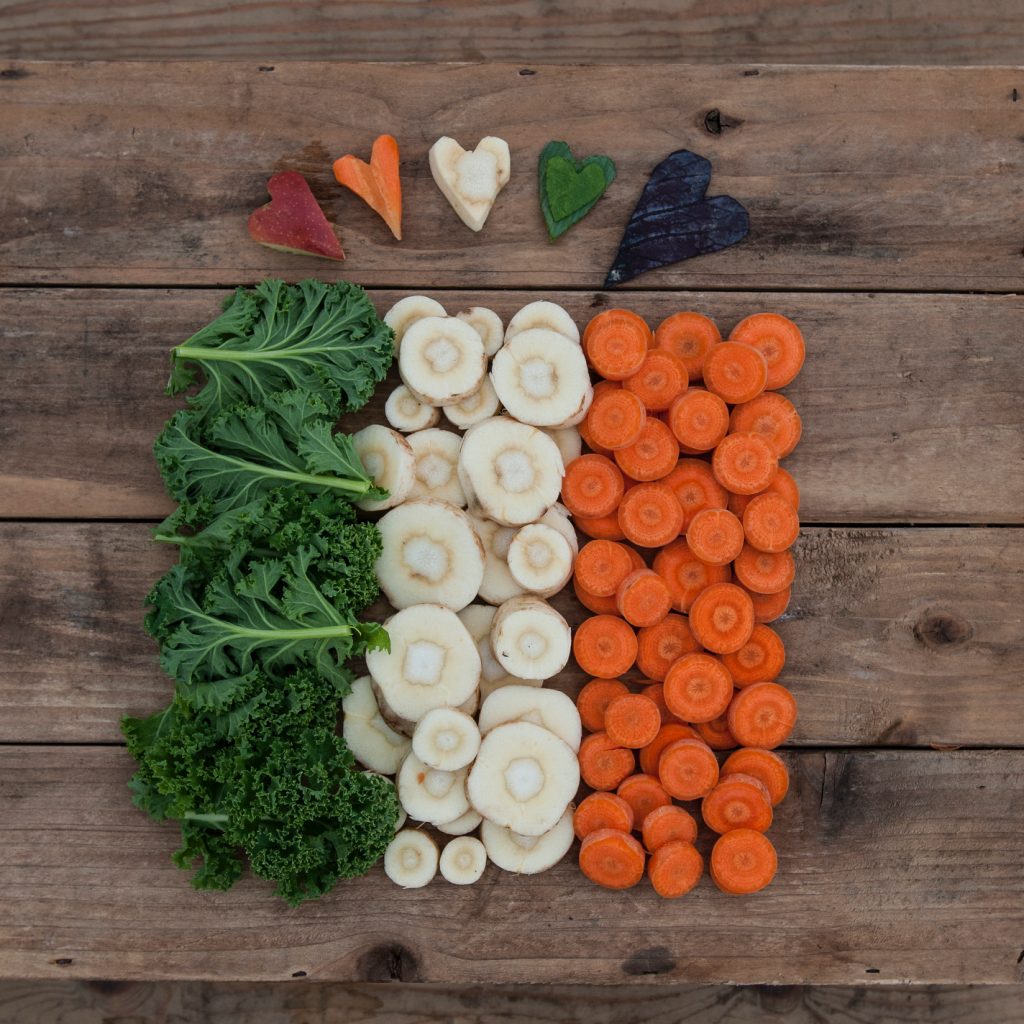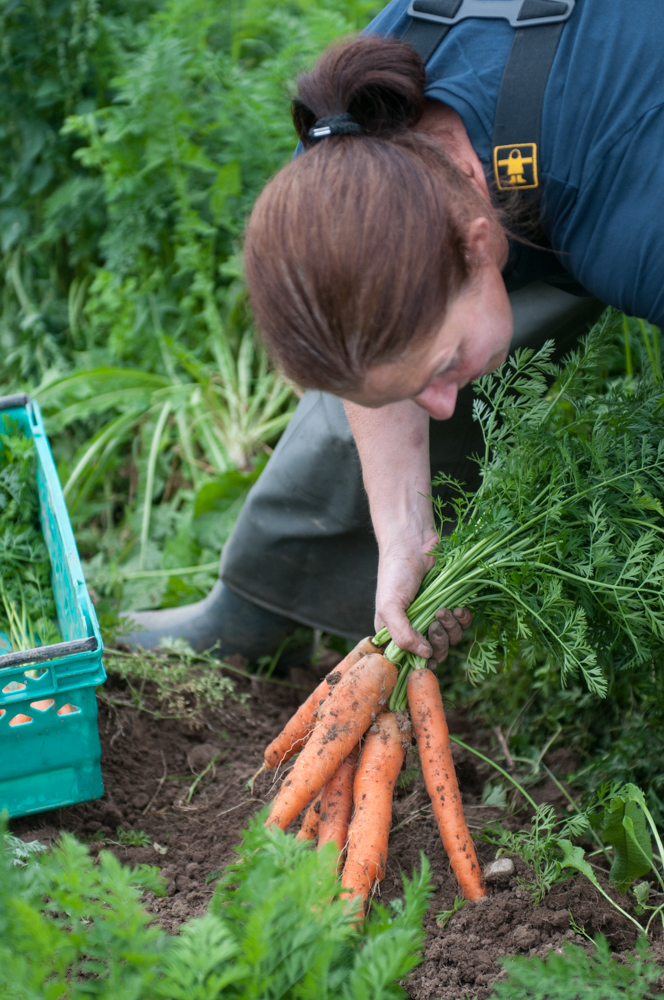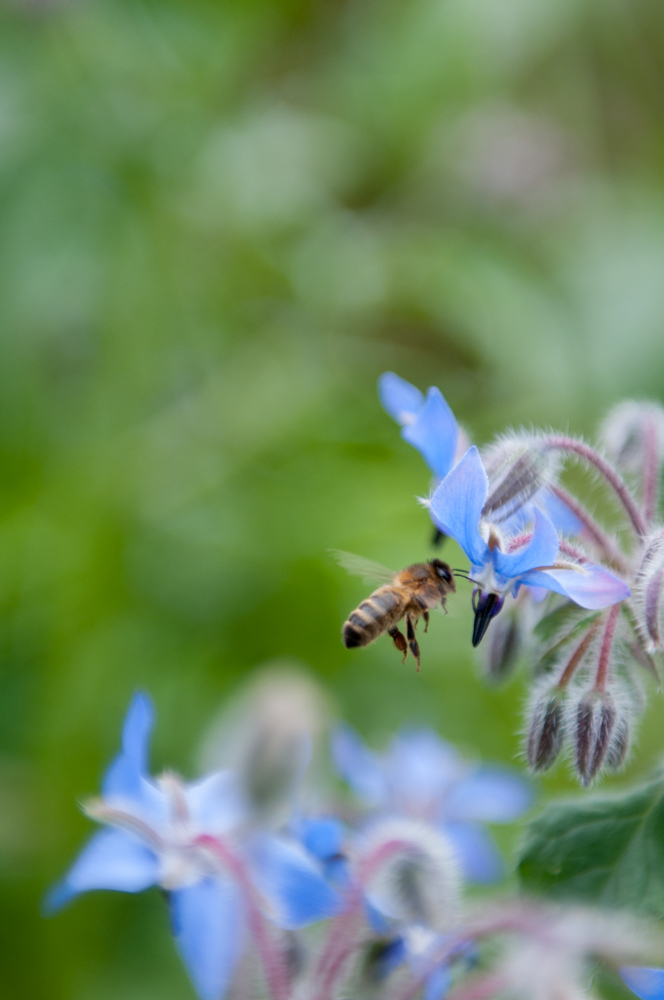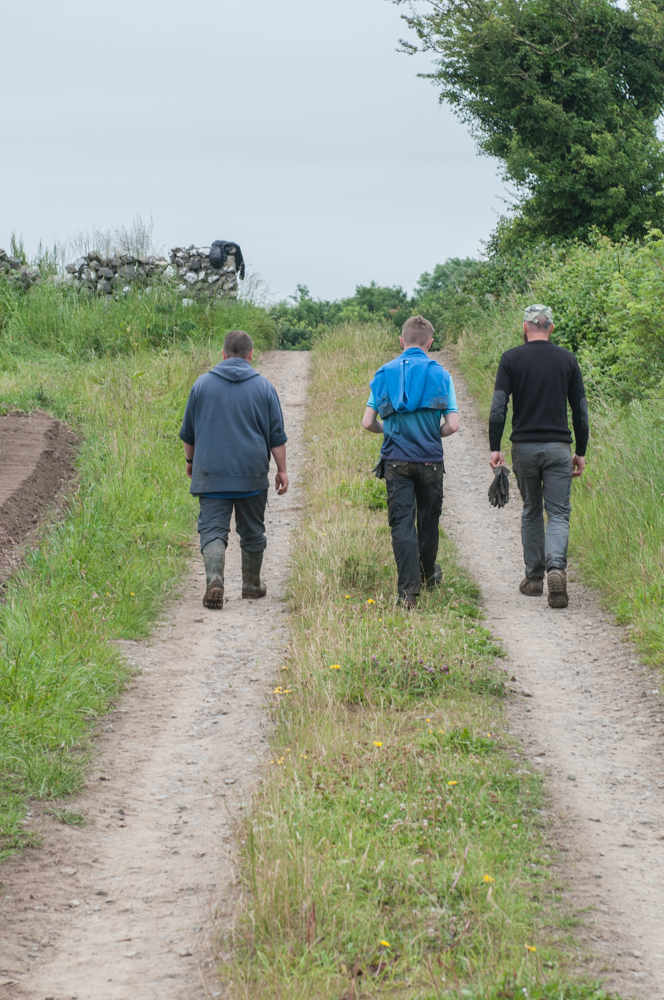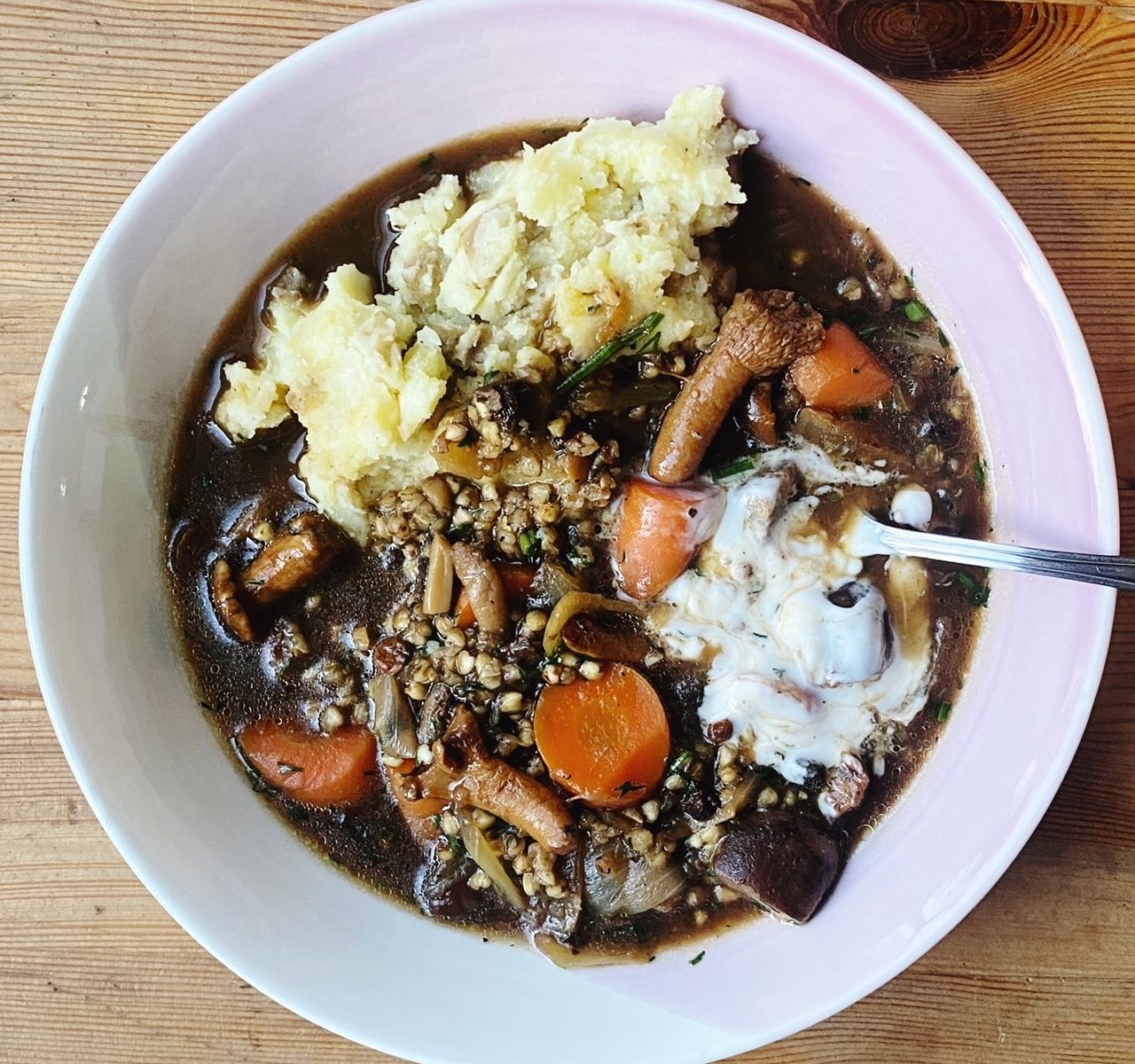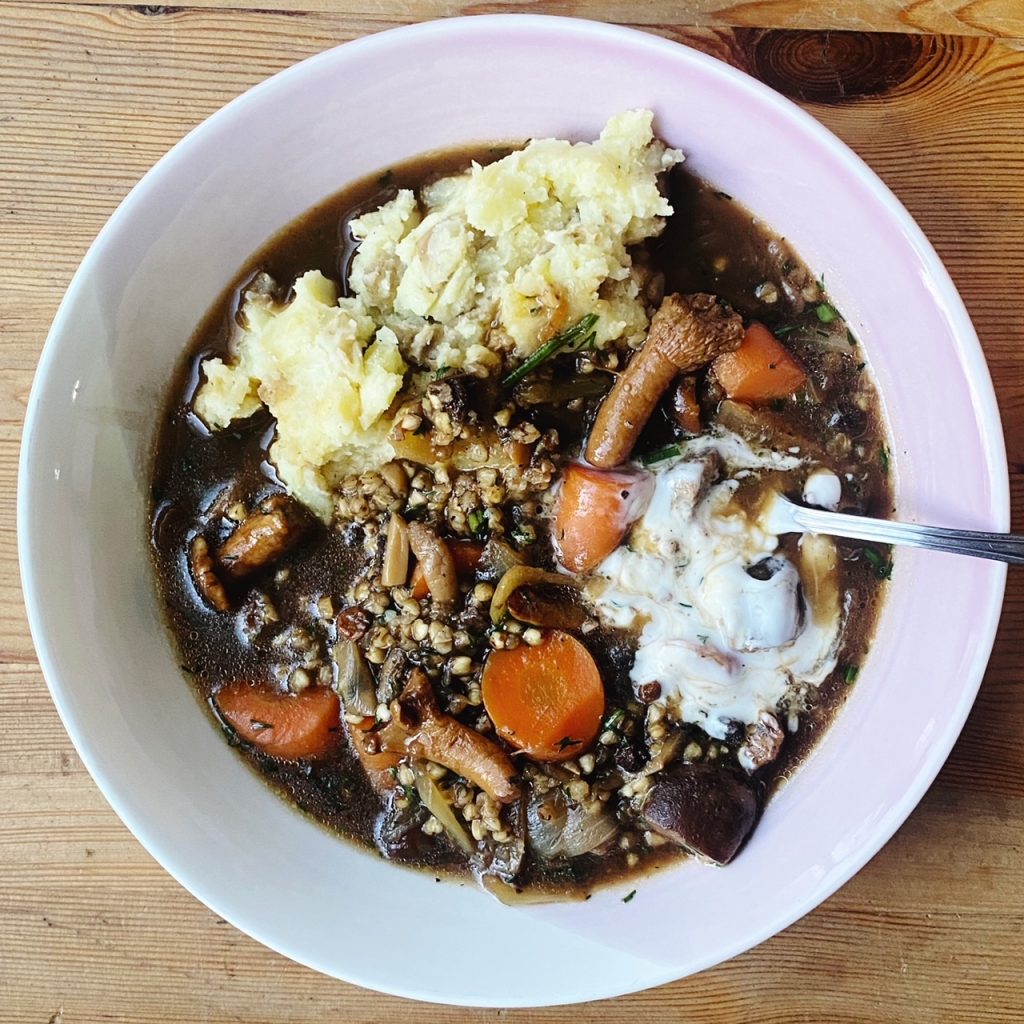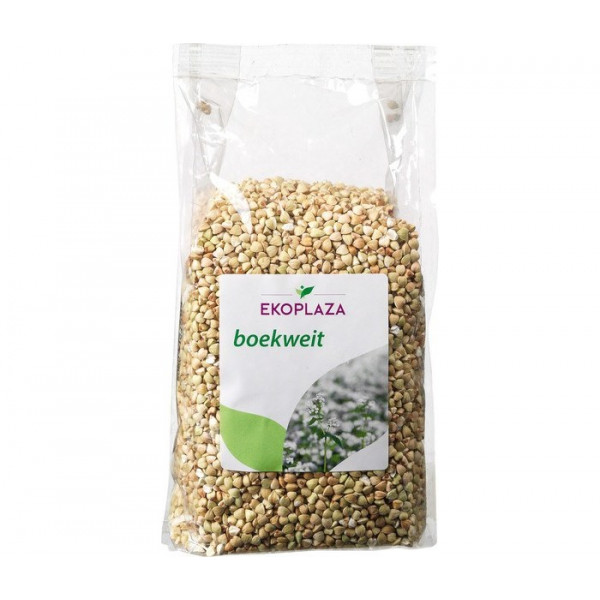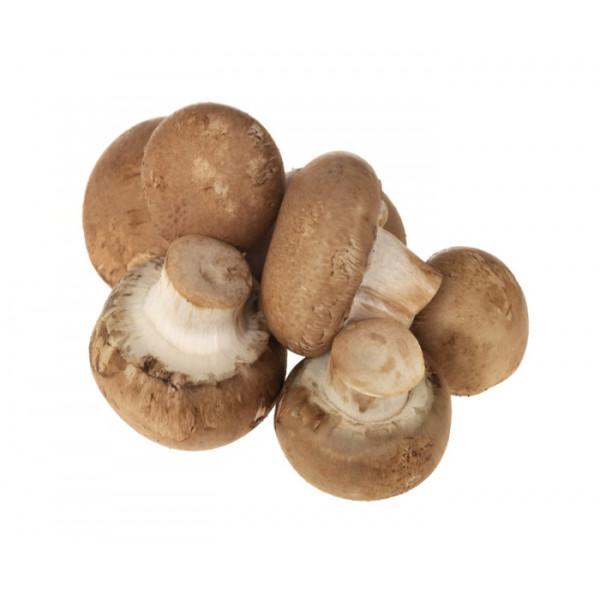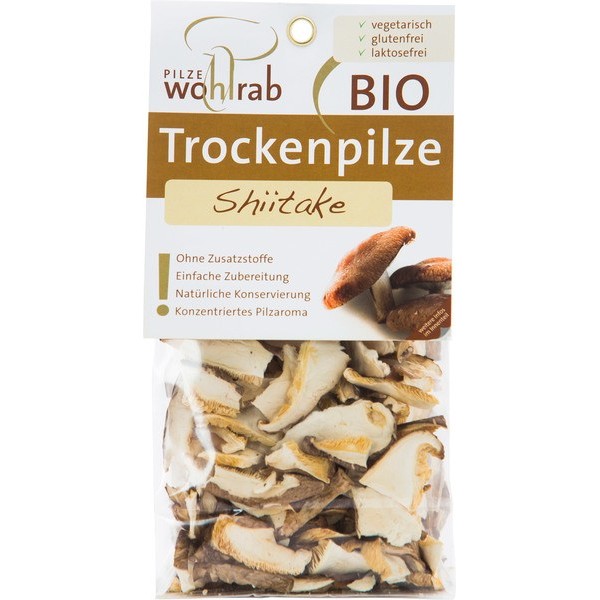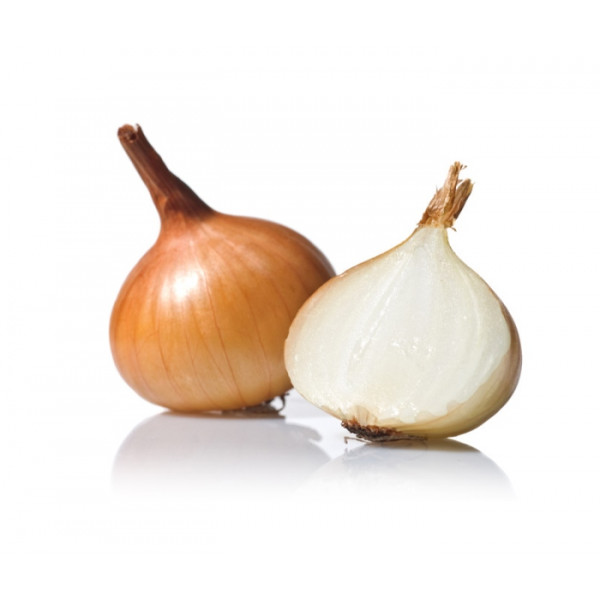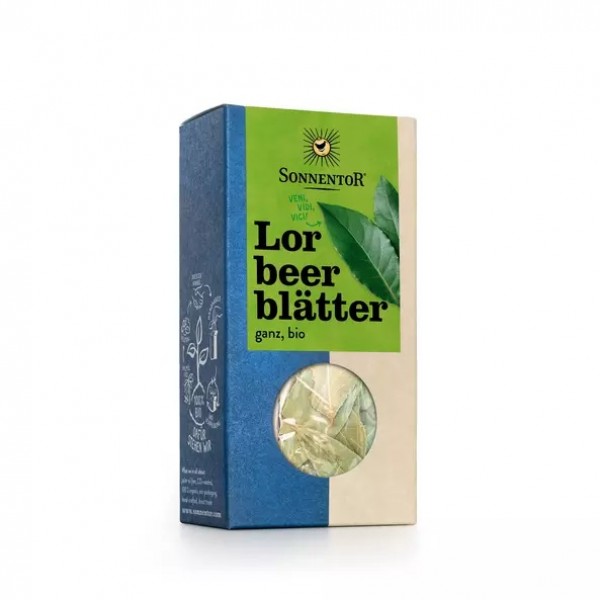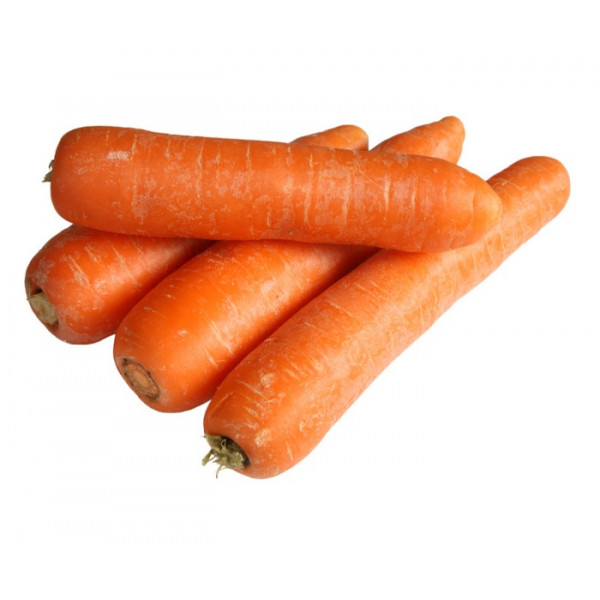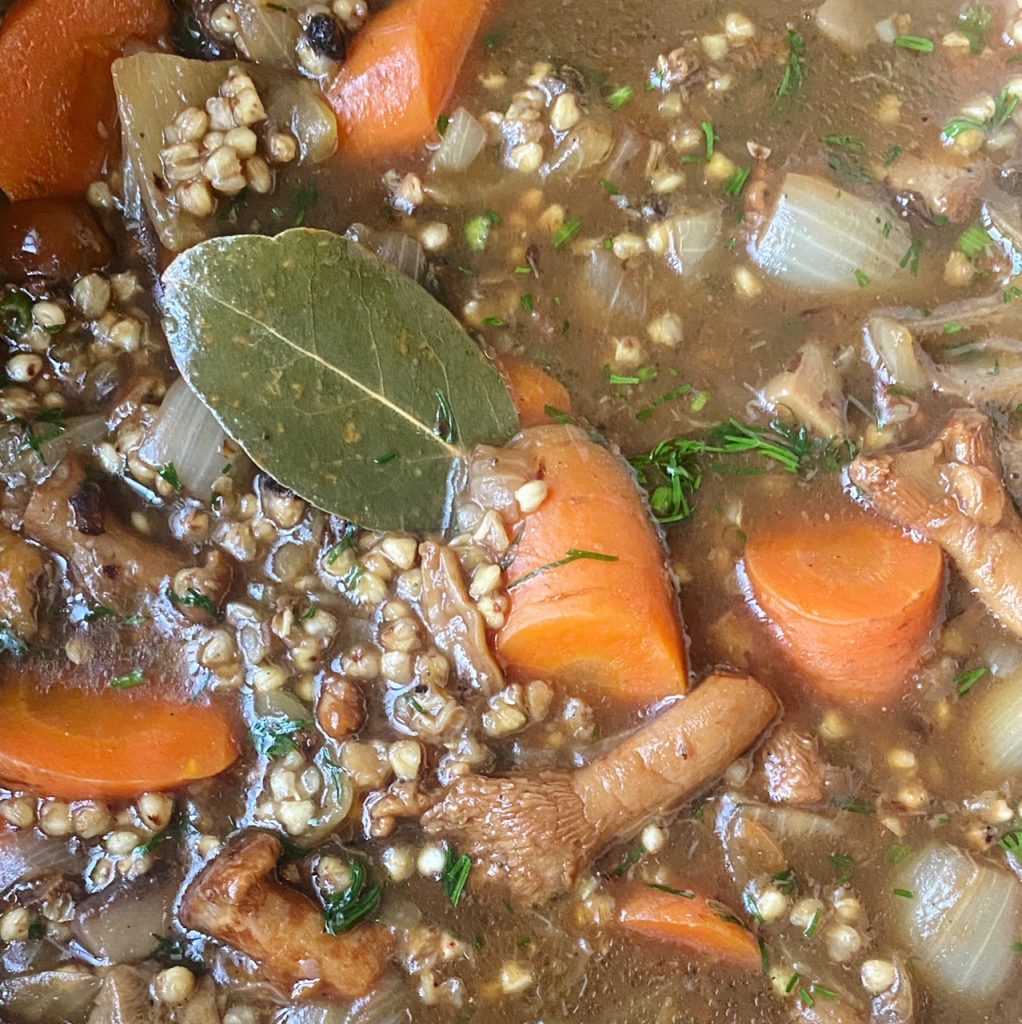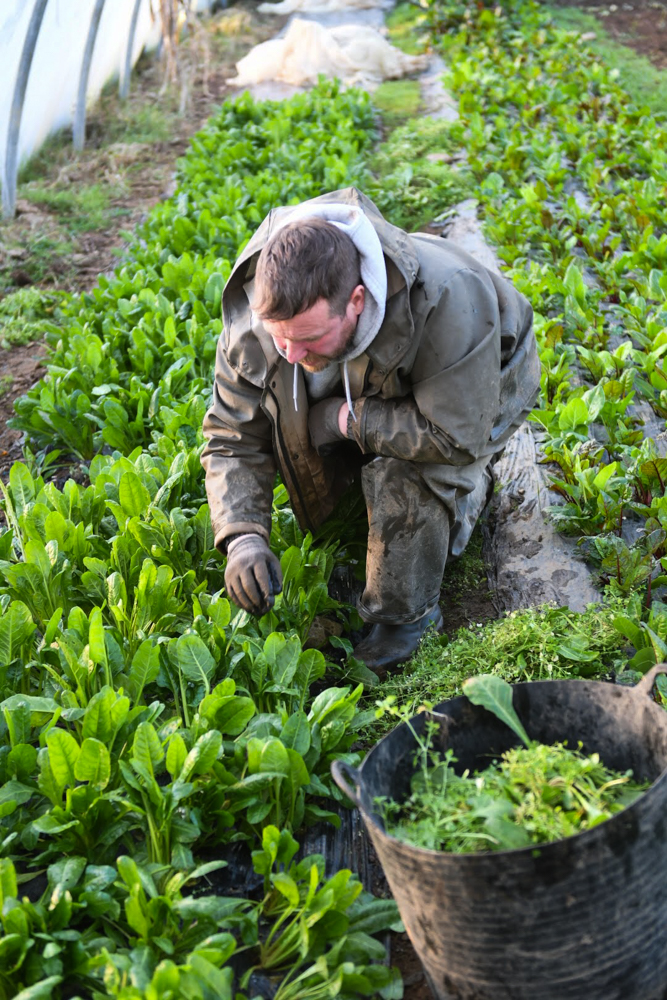
The word ‘sustainable’ doesn’t just refer to environmental issues, it can refer to anything and means ‘something that is able to be maintained at a certain level’, like matters of economy and food security. So when we say ‘supermarkets are unsustainable’ we are not just talking about their over-use of plastic or their mountains of food waste, we are also talking about the way they source their products and pay their suppliers.
It has recently come to light here in Ireland, (read this article for the facts and figures) that local vegetable growers are being squeezed from all sides, so much so that many vegetable farmers in Ireland are forced to quit. Supermarkets demand lower and lower prices and present vegetables as ‘low value’ with ridiculous discounted prices (which, understandably, customers then begin to see as the norm which perpetuates the problem), and yet farming costs go up and up. It is unsustainable. Where will this leave us in the long term? Will there be no more Irish vegetables soon?
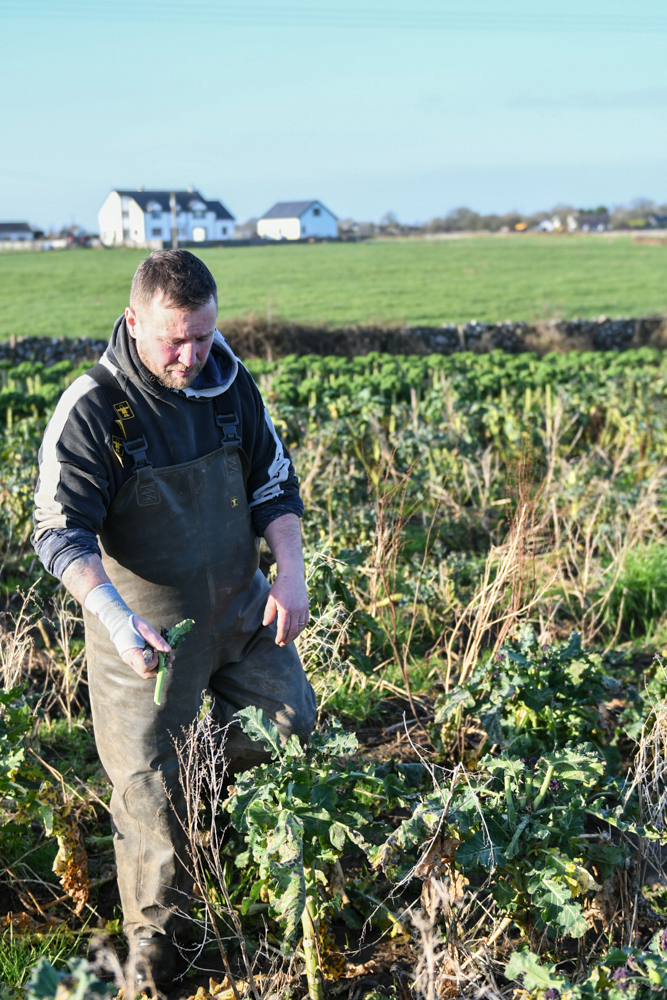
You know something is not right when it is cheaper to put potatoes, cabbages, onions, tomatoes, lettuce etc, all things that grow very well here, on a ship or an aeroplane and bring it over to Ireland than to just grow it here and pay Irish farmers enough to cover their costs. Now, just 1% of all farms in Ireland grow vegetables.
This is not to say importing is wrong. We love to trade with the world, who doesn’t love exotic fruit, tea, coffee, chocolate, olive oil, wine…? In fact, even here in Galway, our small business imports plenty of products and fresh produce ourselves to fill the gaps in your boxes (by the way, we never use airfreight). But when there is an Irish, organic option, even if it is more expensive, we always choose that. We grow as much as we possibly can ourselves, then source from other Irish organic farms, then import the rest. We would love to see more organic vegetable growers here in Ireland.
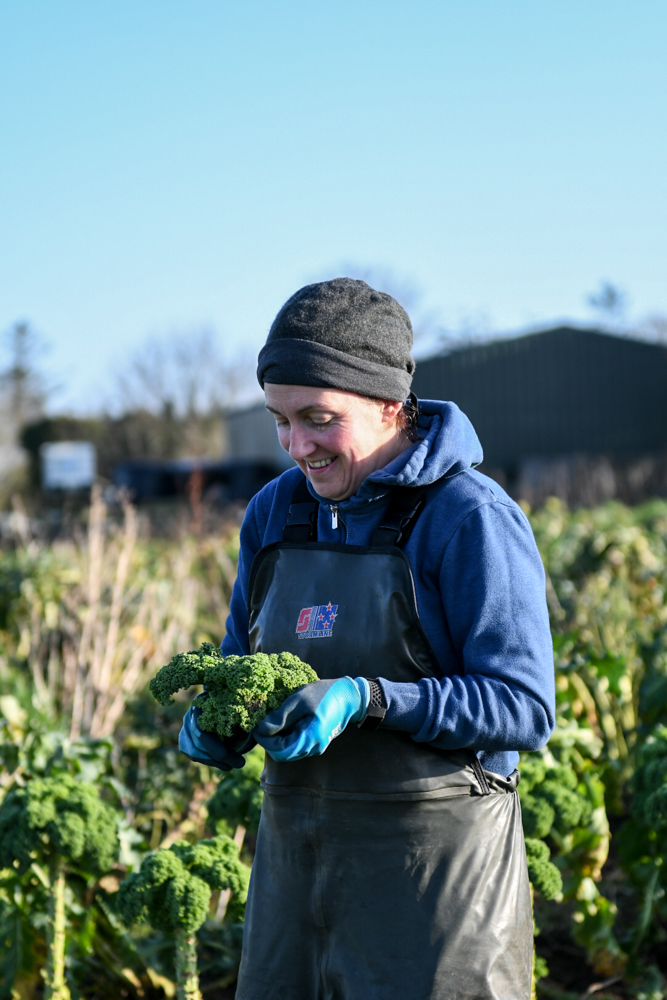
So what’s the solution? Do we just give up trying to produce vegetables here in Ireland? Do we rely solely on imports? Well, with food security issues being what they are at the moment, we believe that would be a very unwise decision. Not to mention missing out on the many benefits of buying local. One way to help is to buy Irish as much as possible. If you must go to a supermarket, spend a few extra cents getting the Irish option, otherwise we urge you to skip unsustainable supermarkets altogether and buy directly from farmers, farmers markets and veg box delivery schemes like ours. The future of food here in Ireland depends on it.
